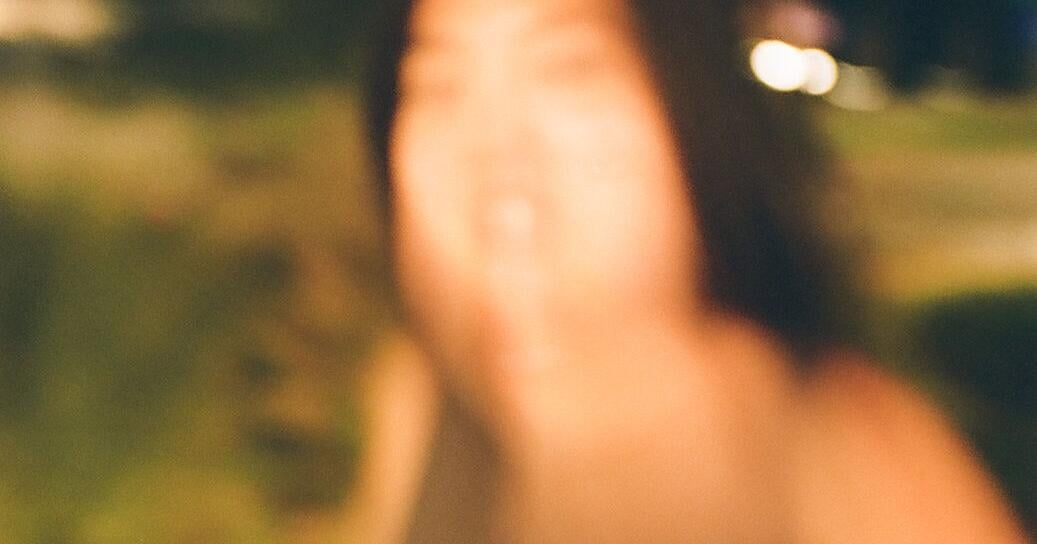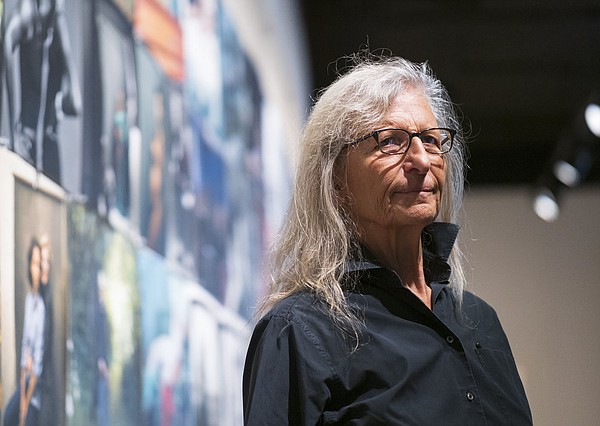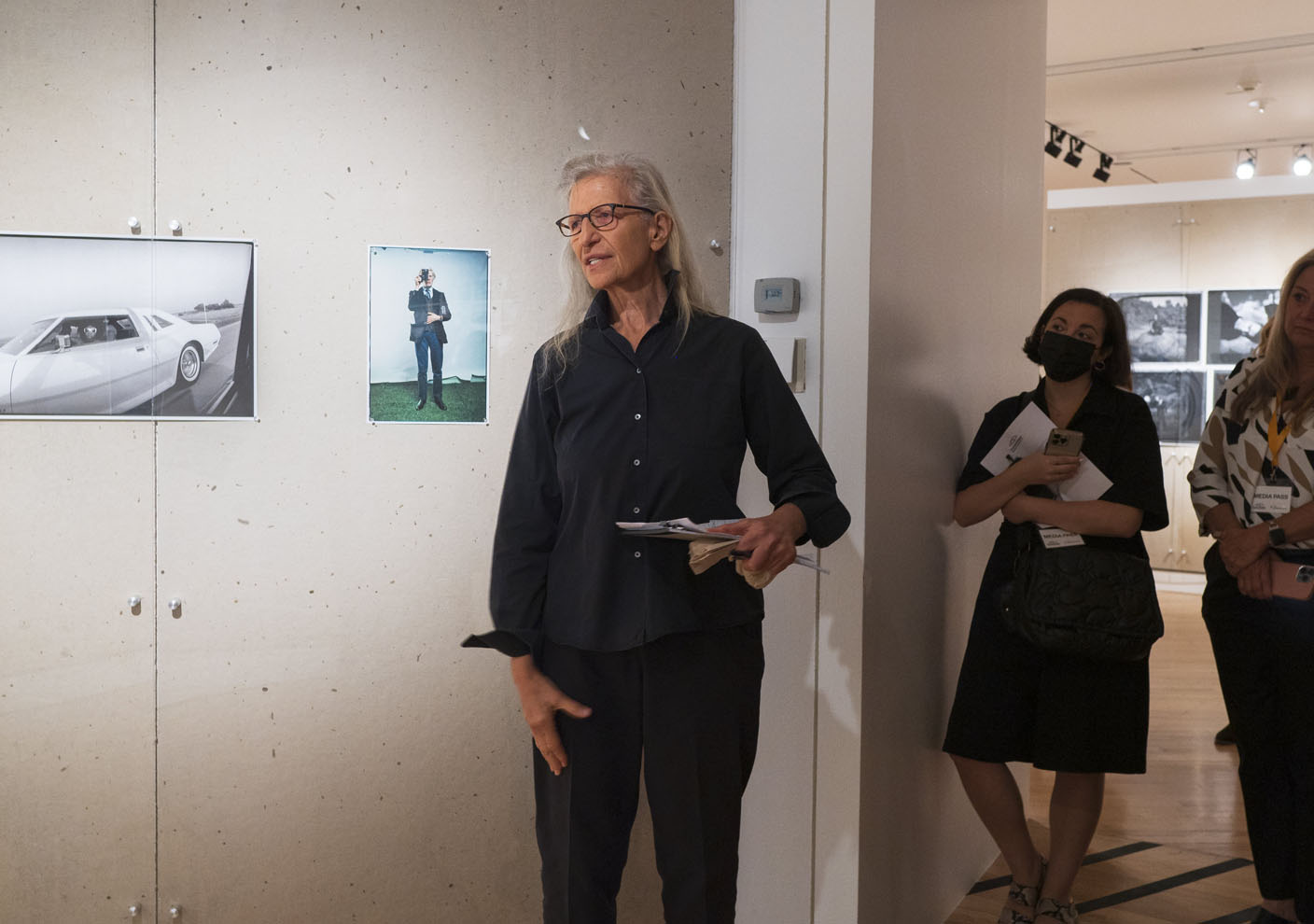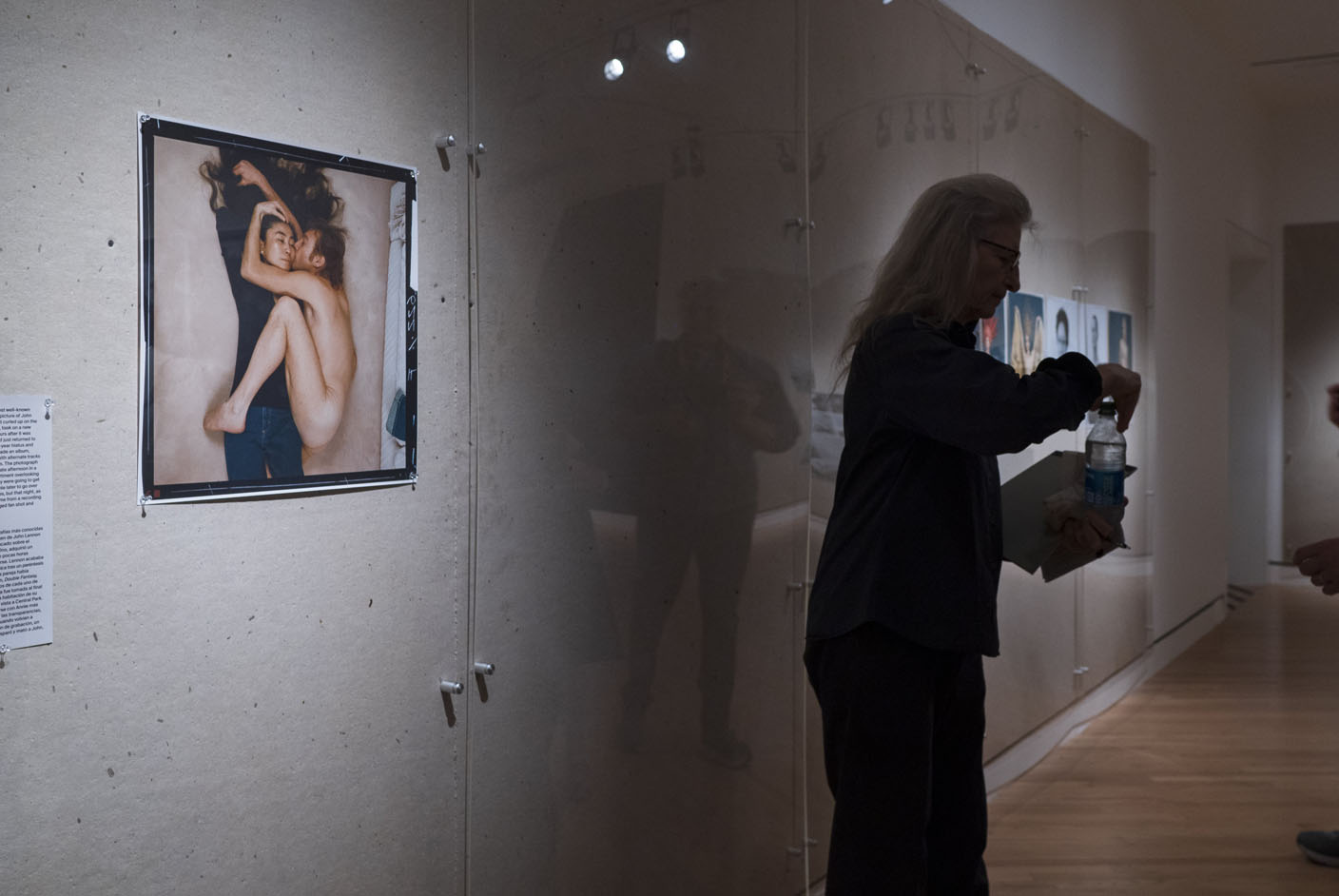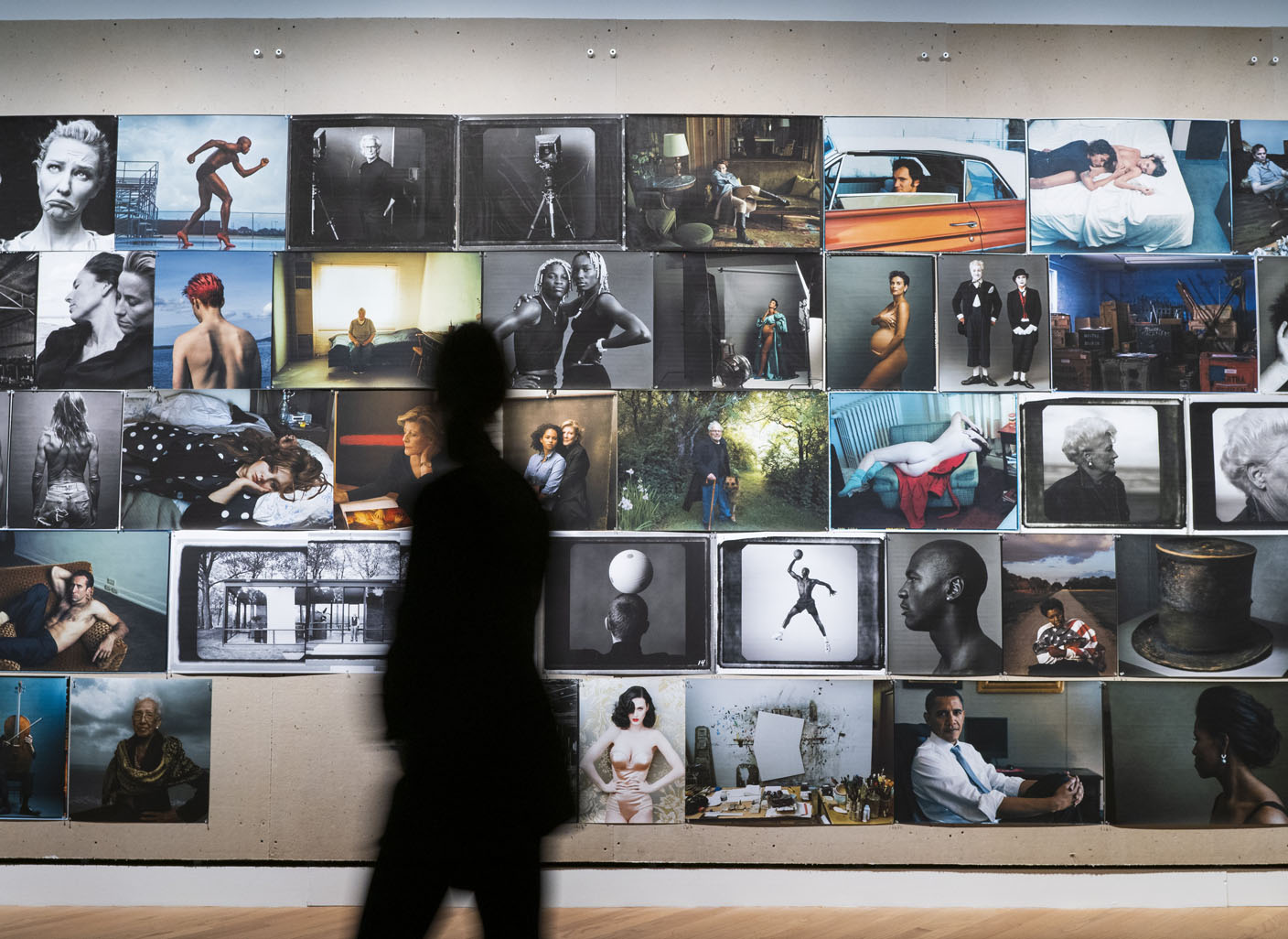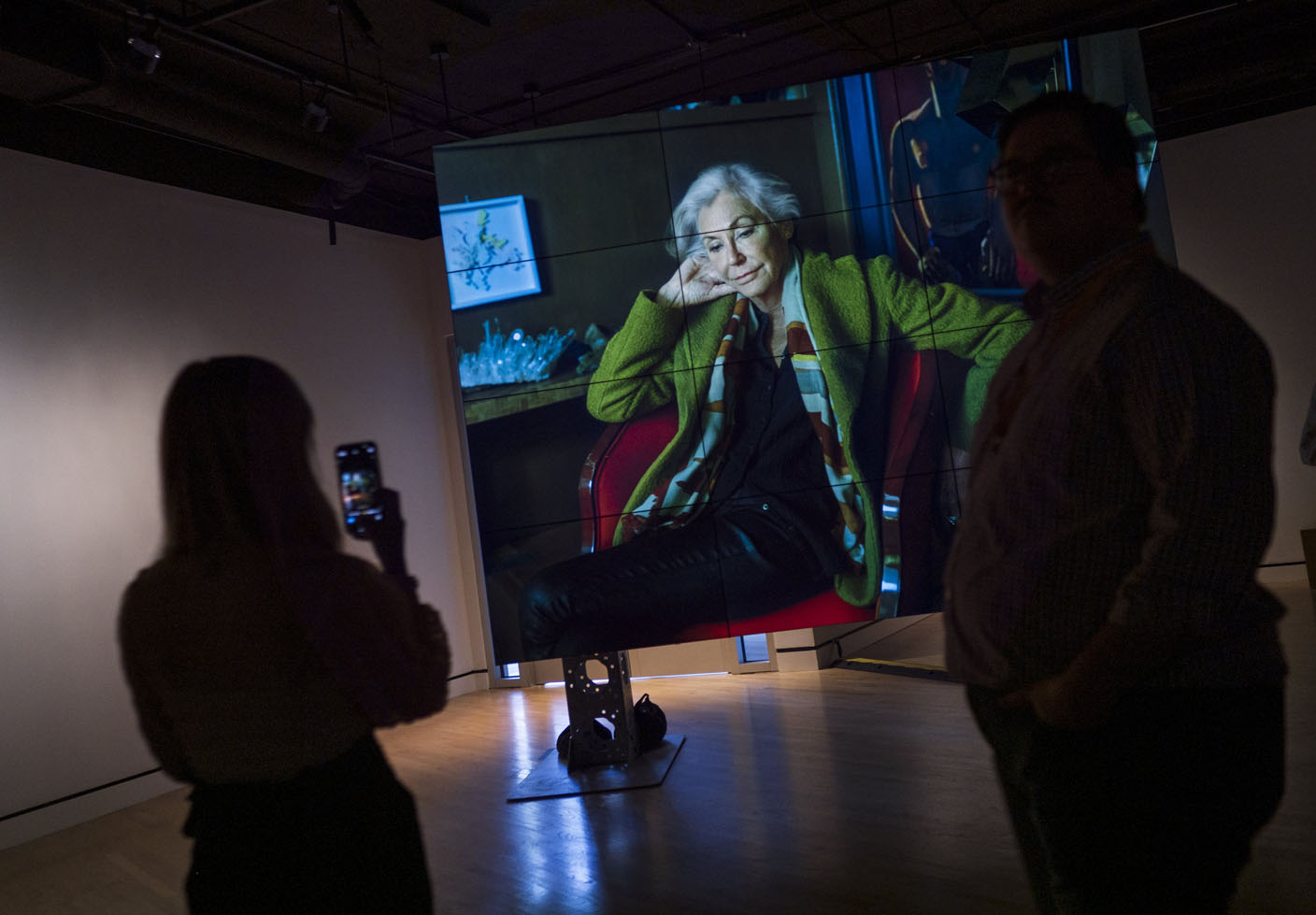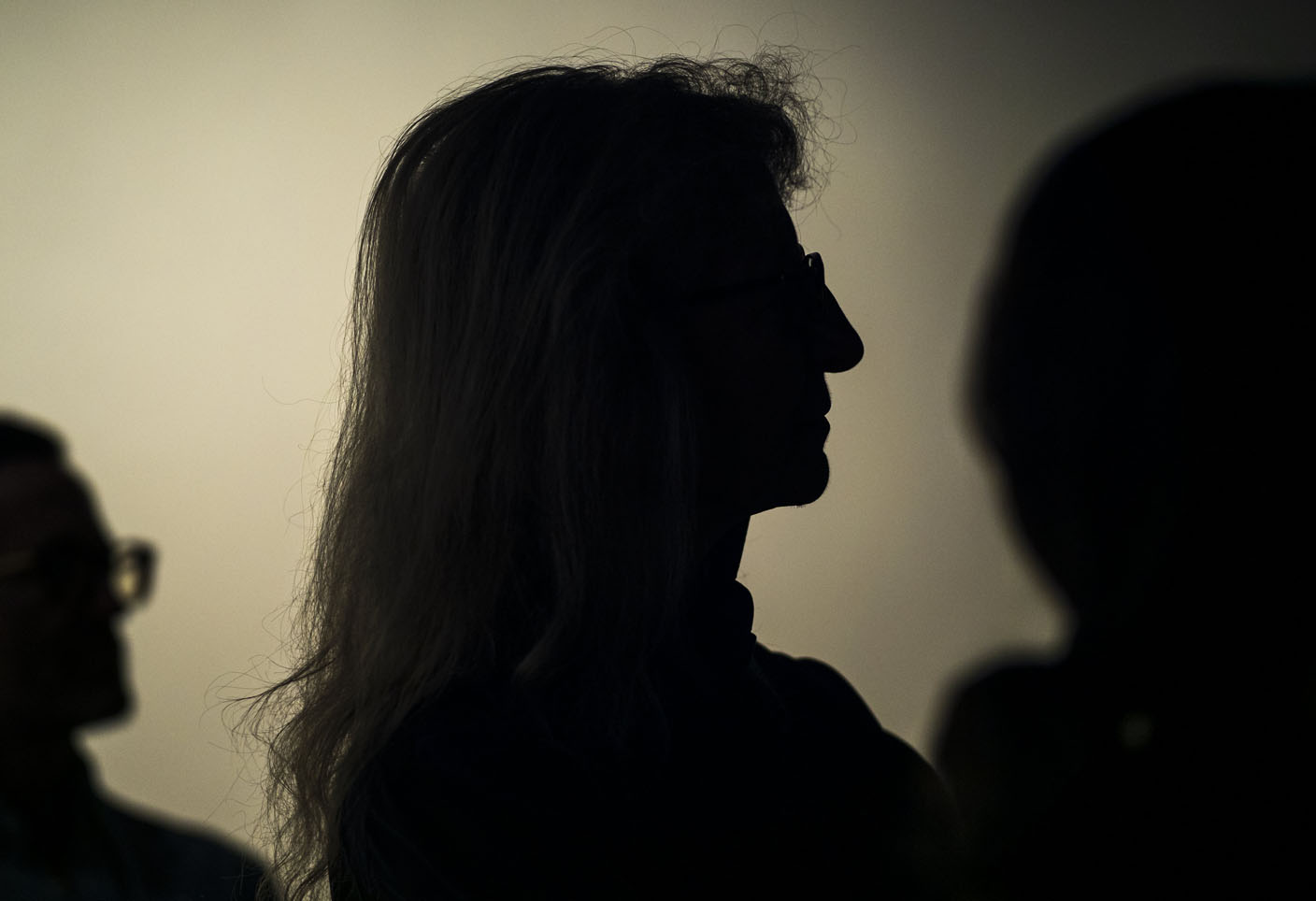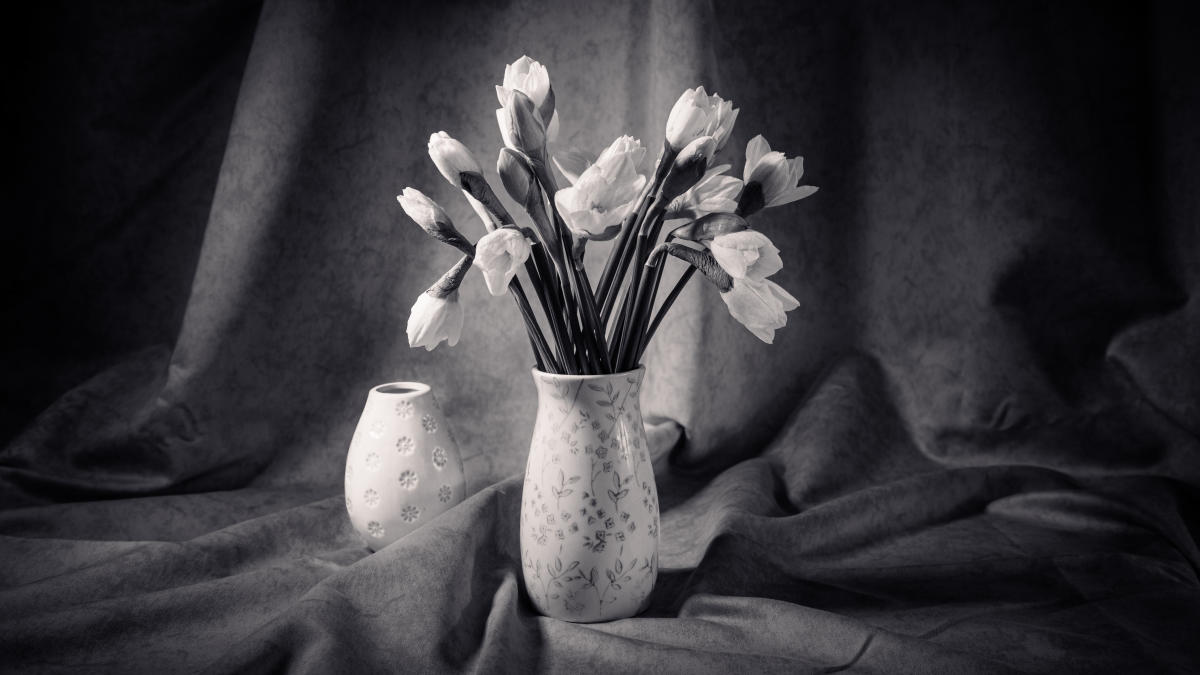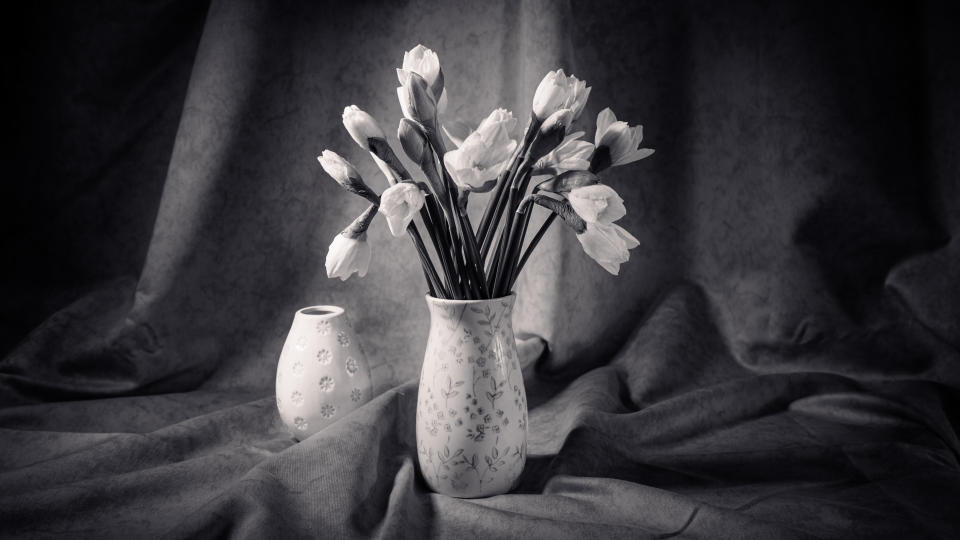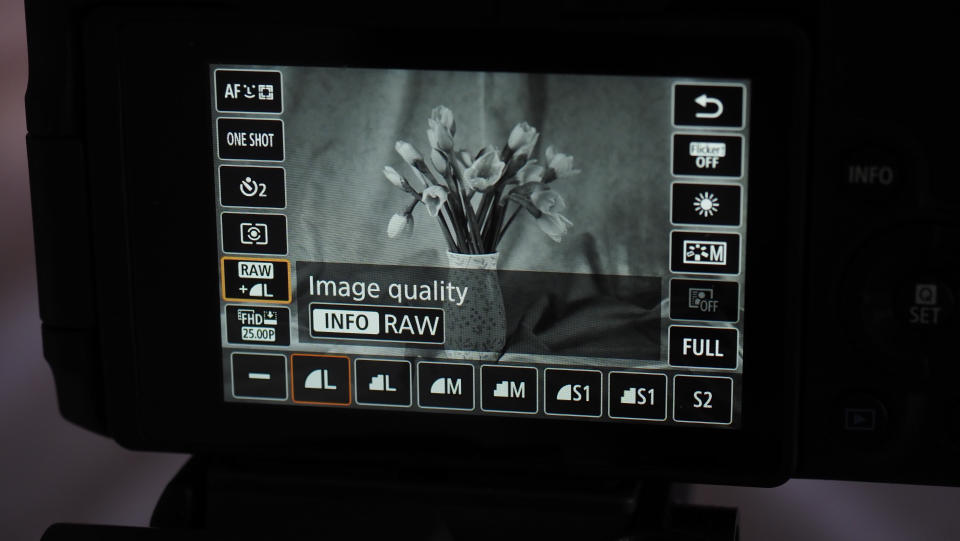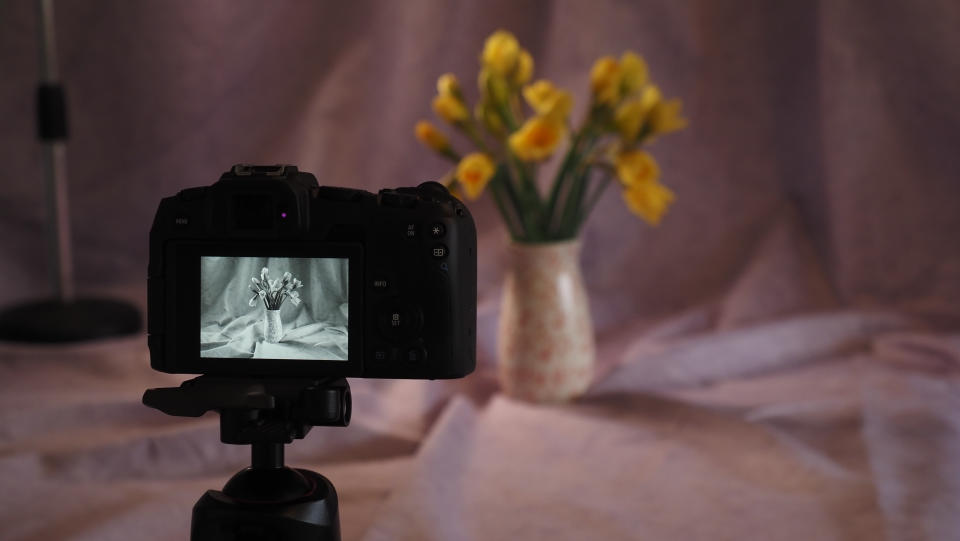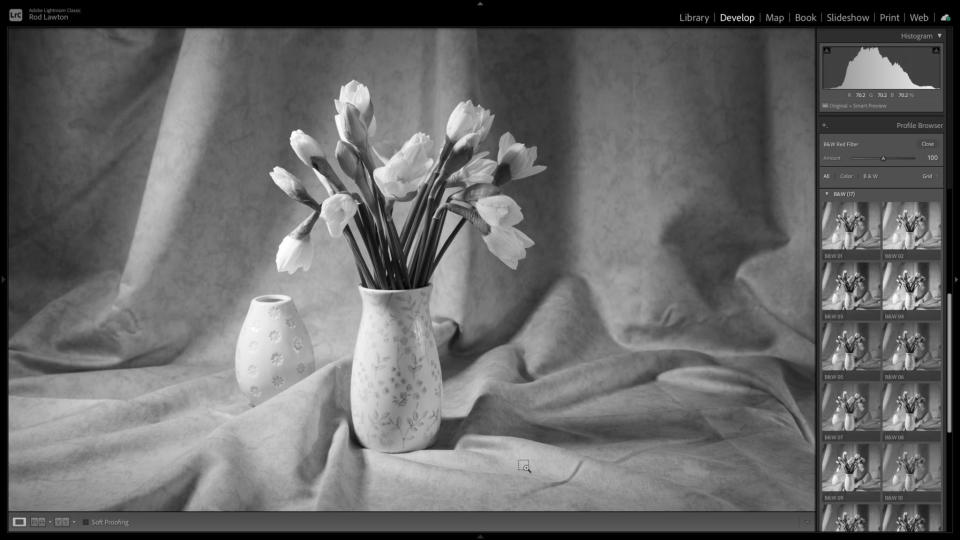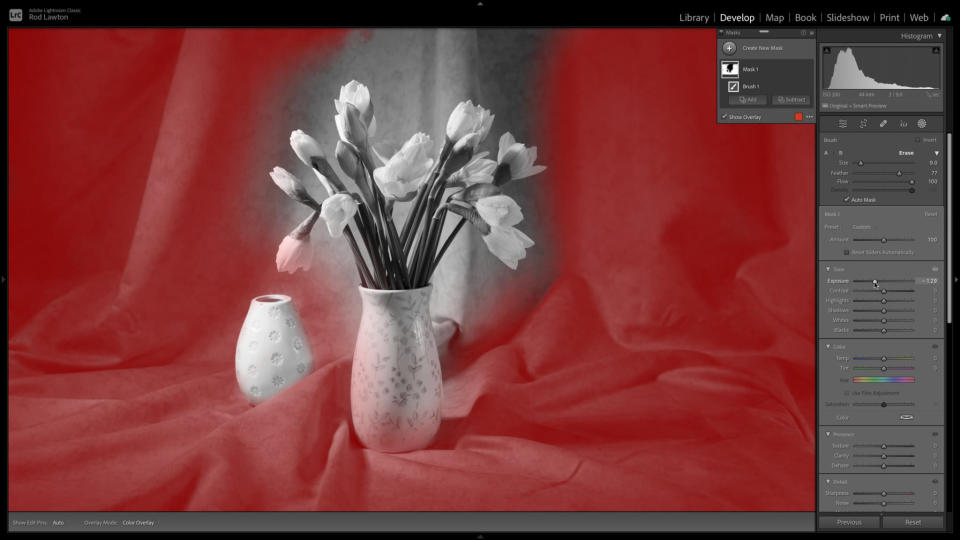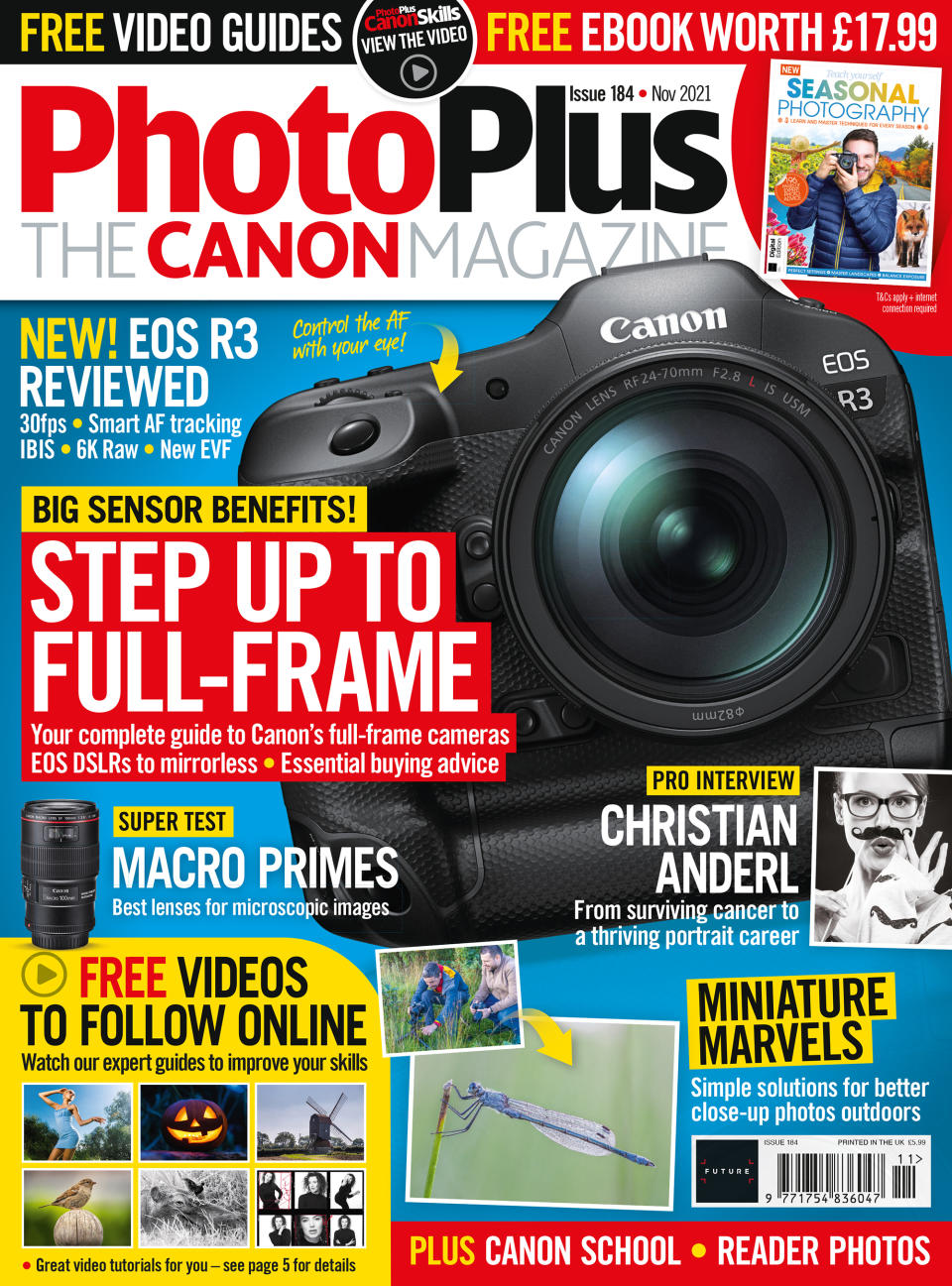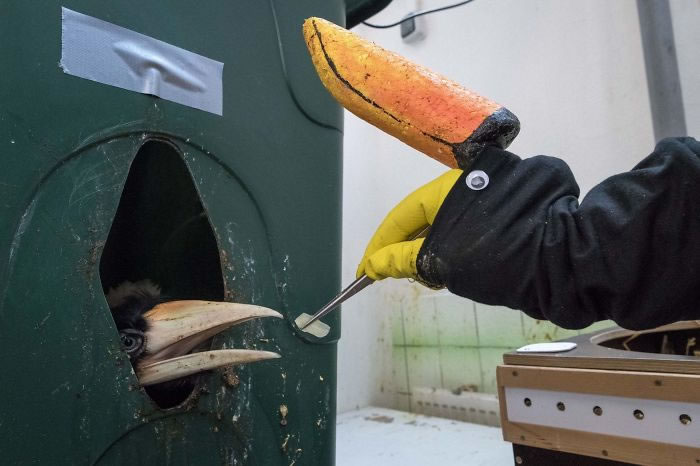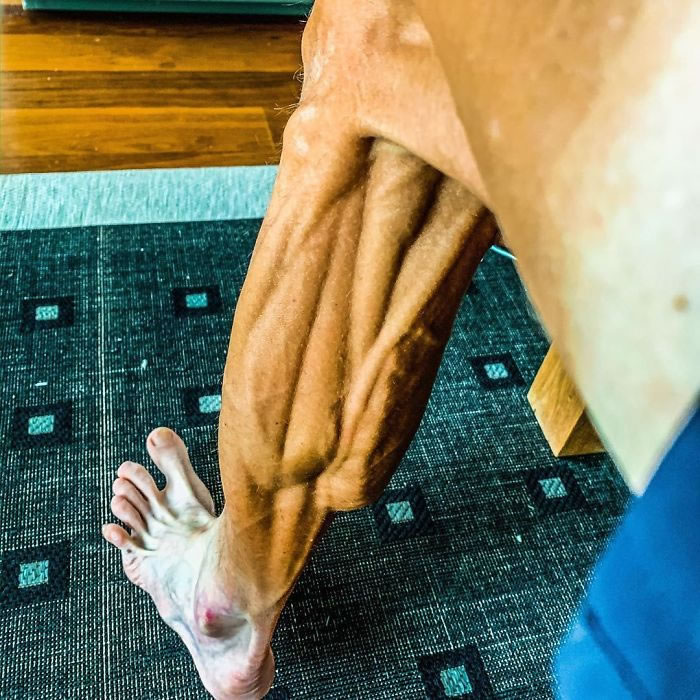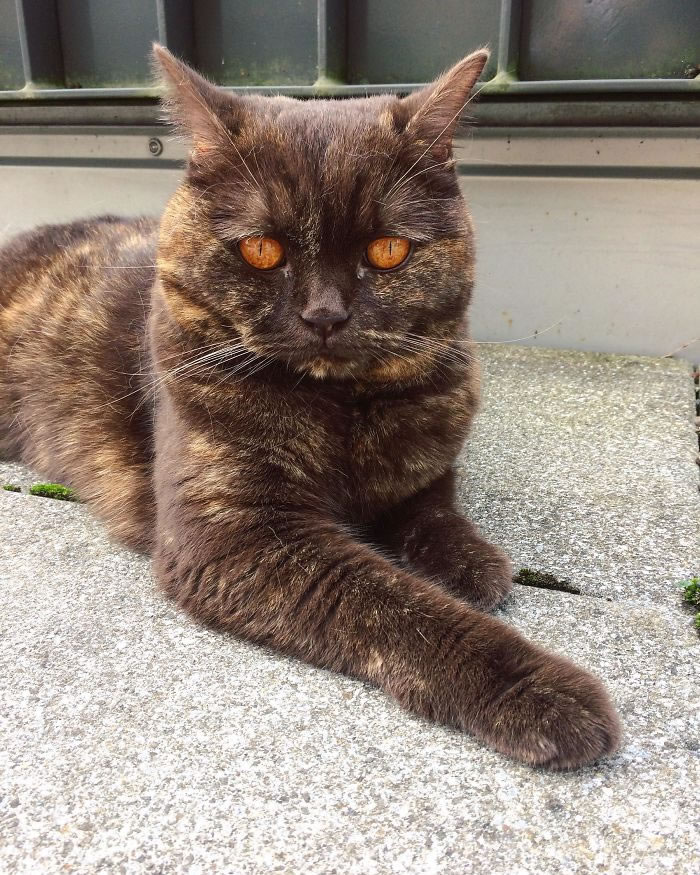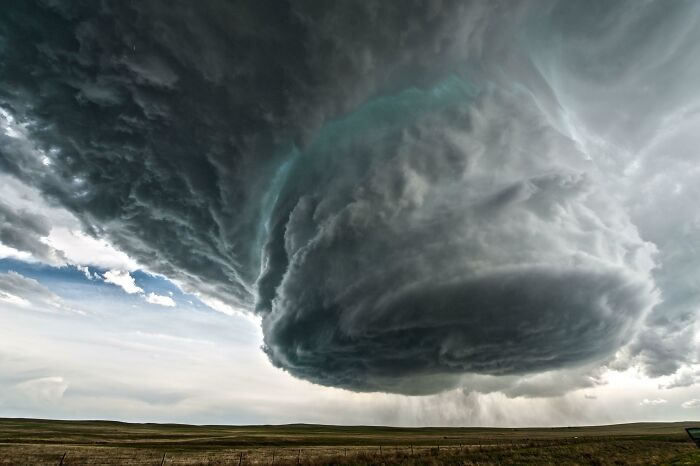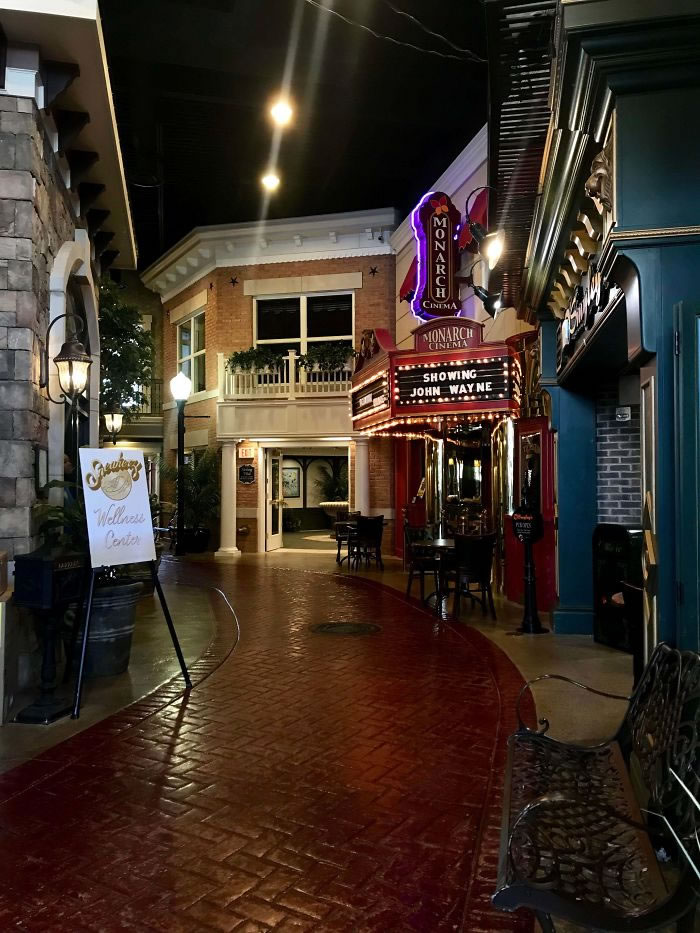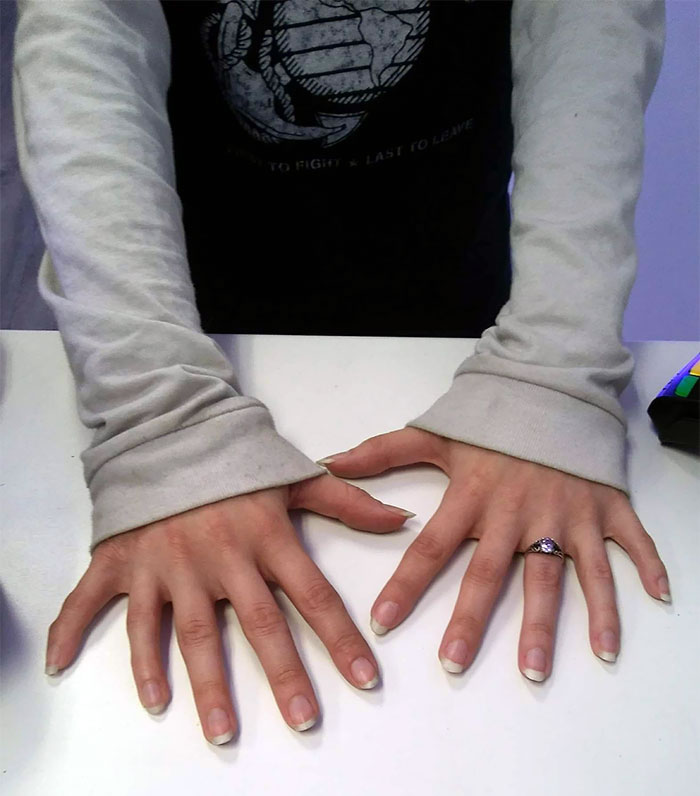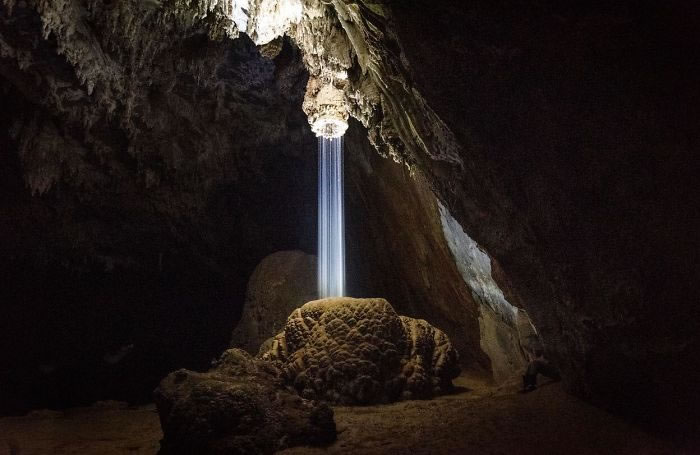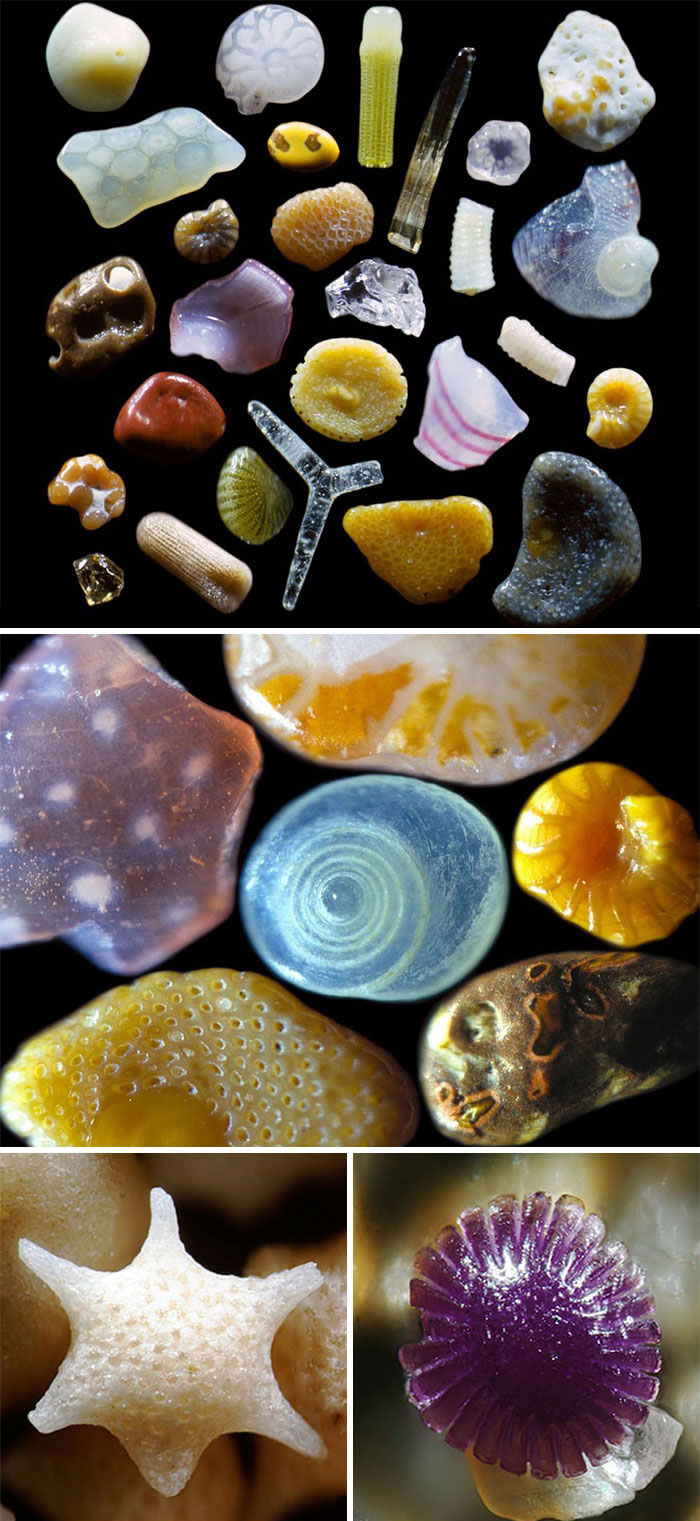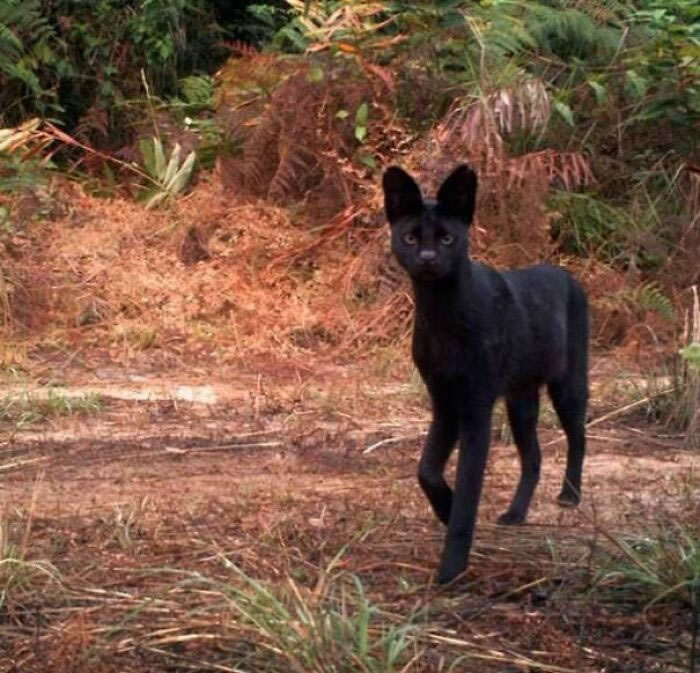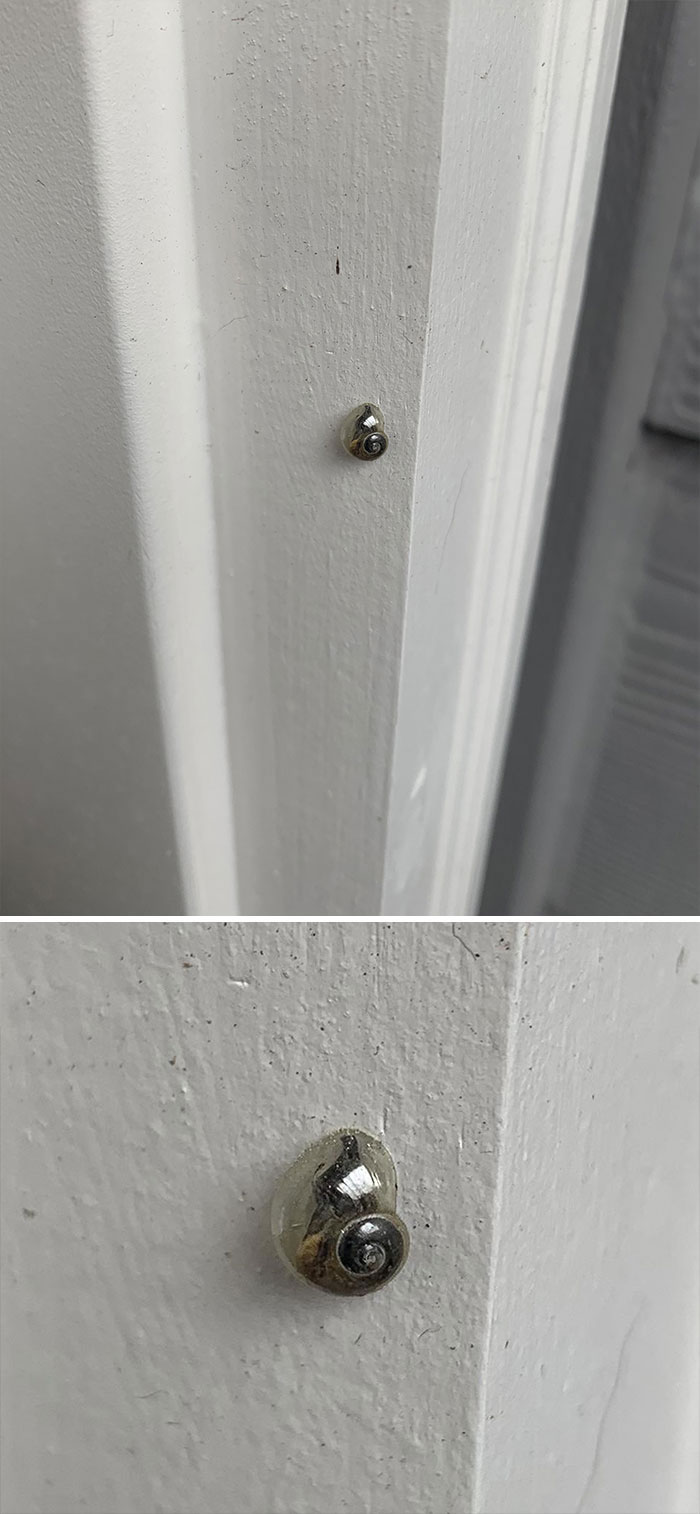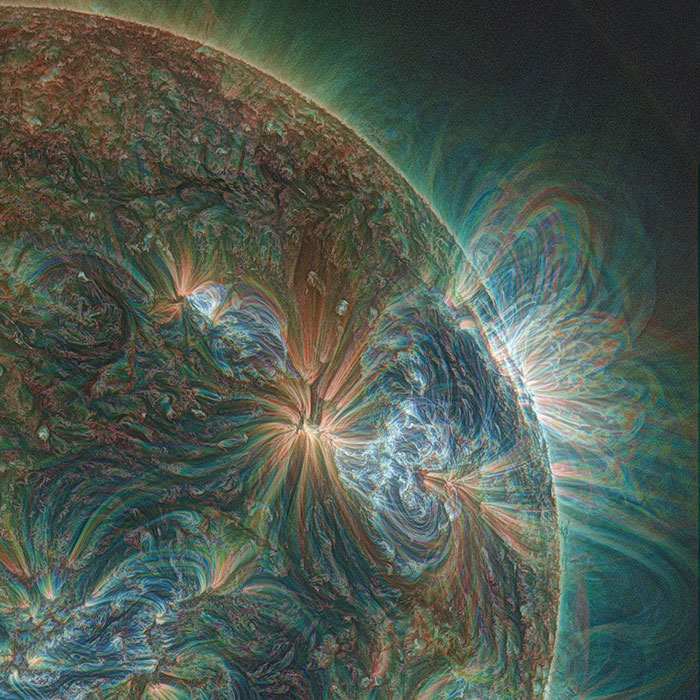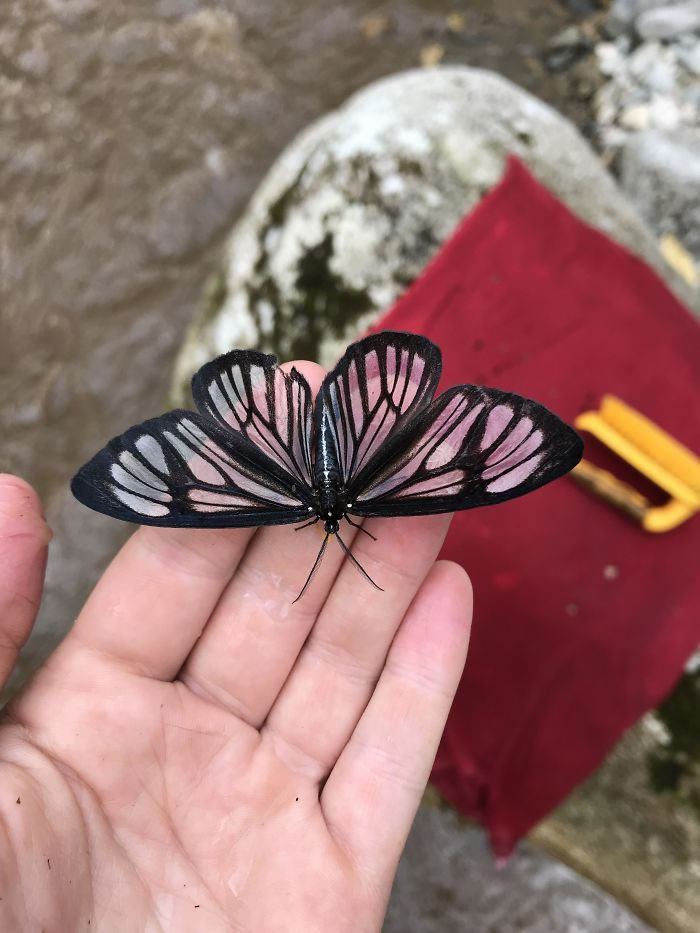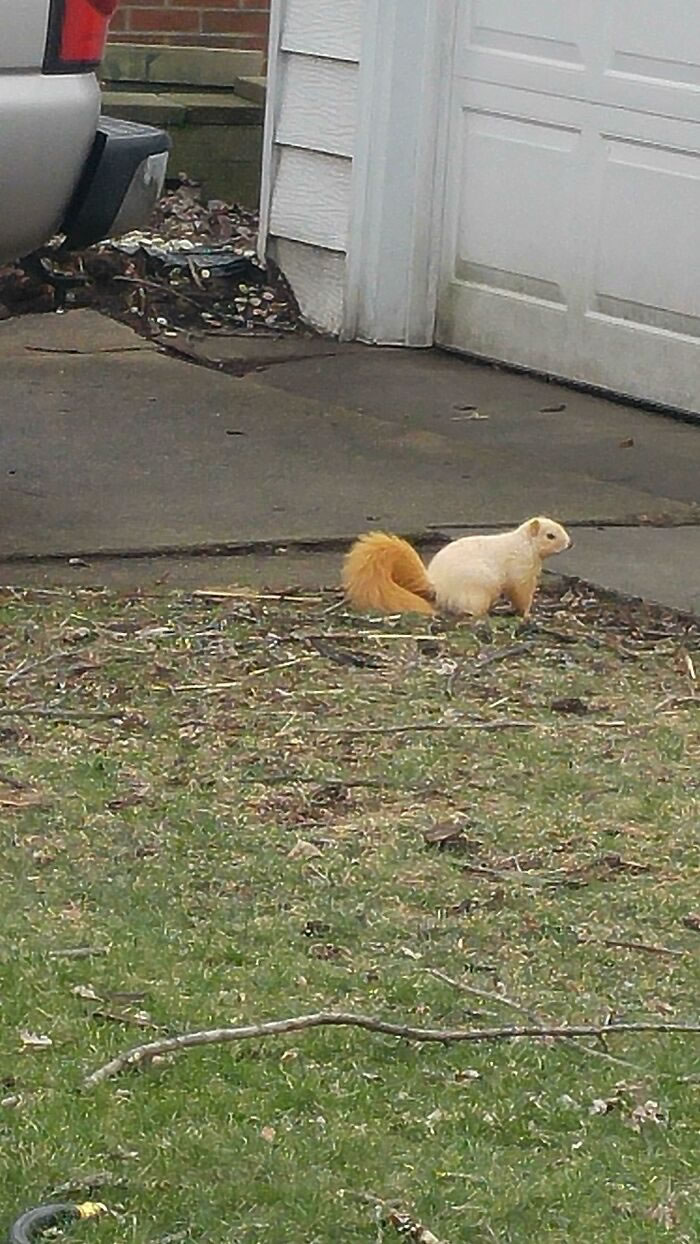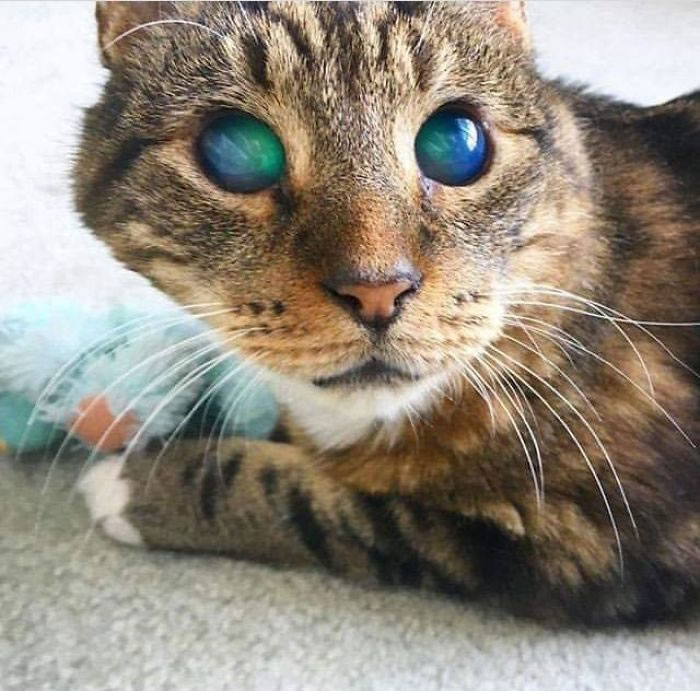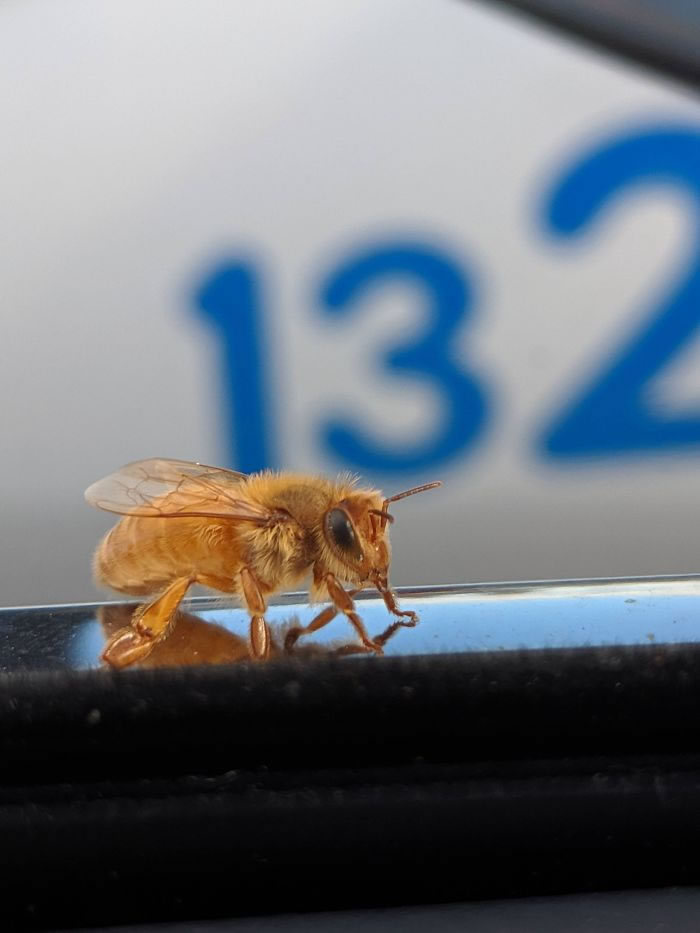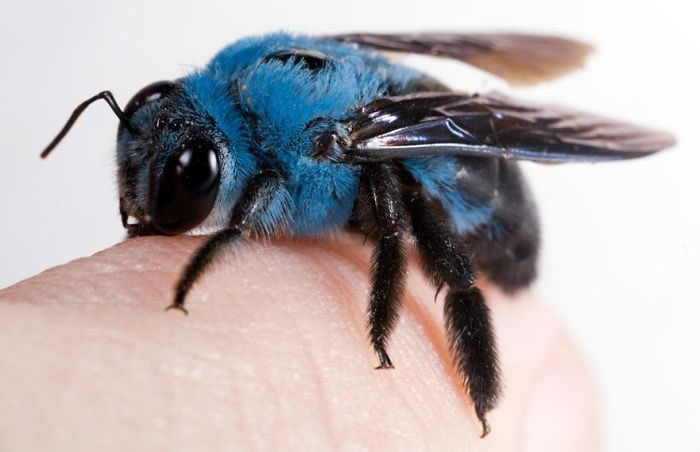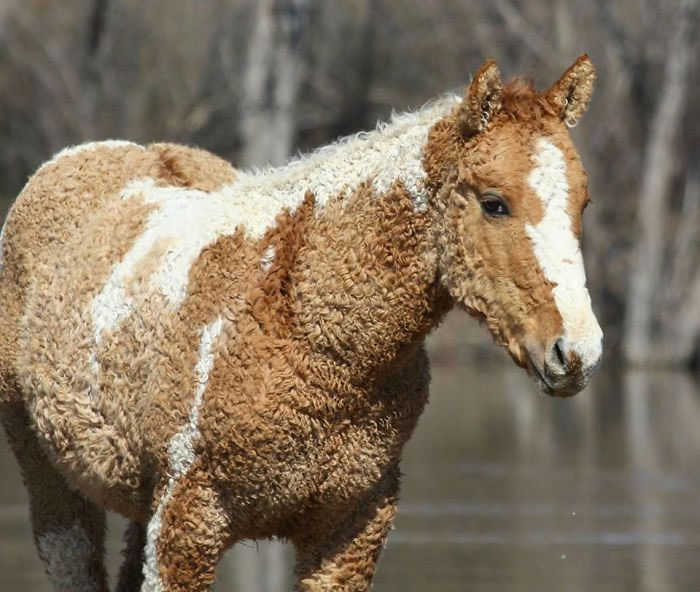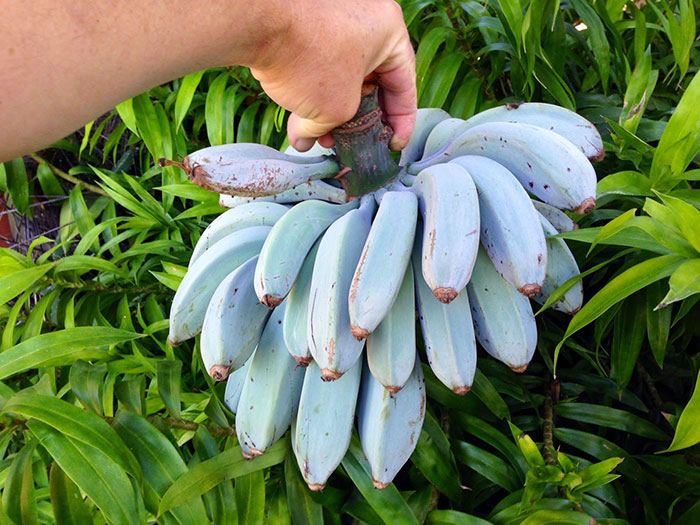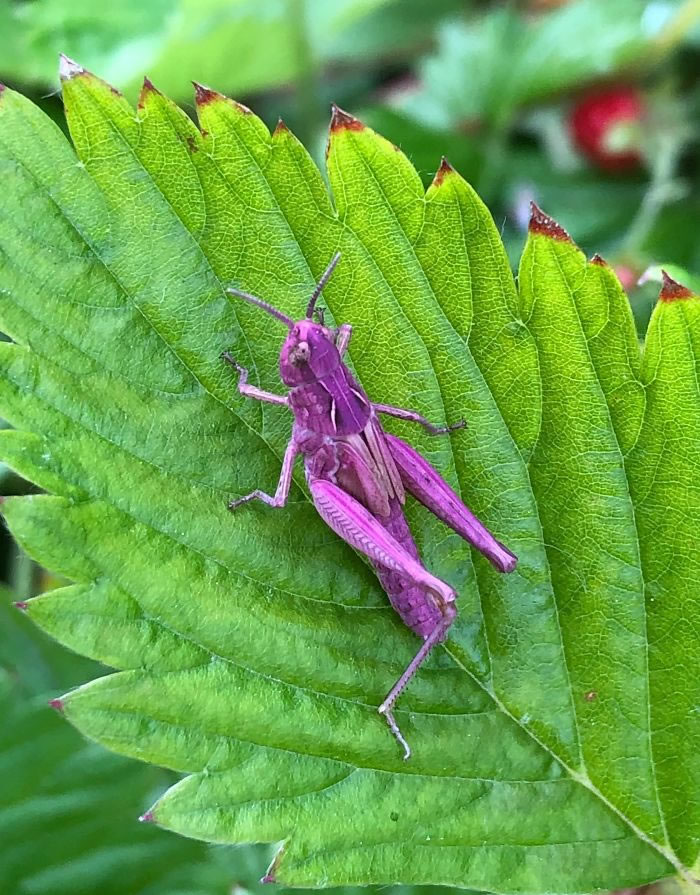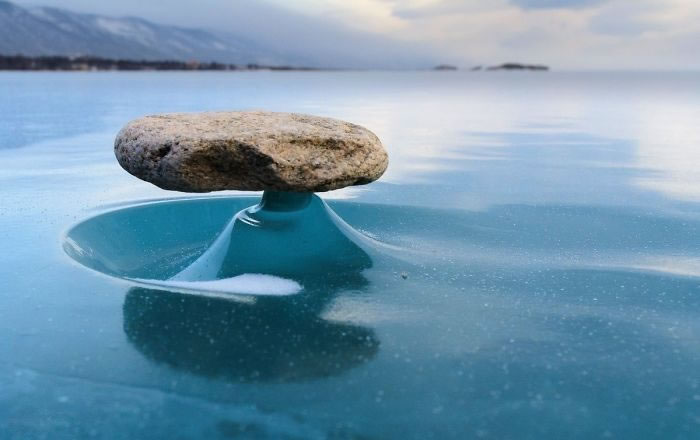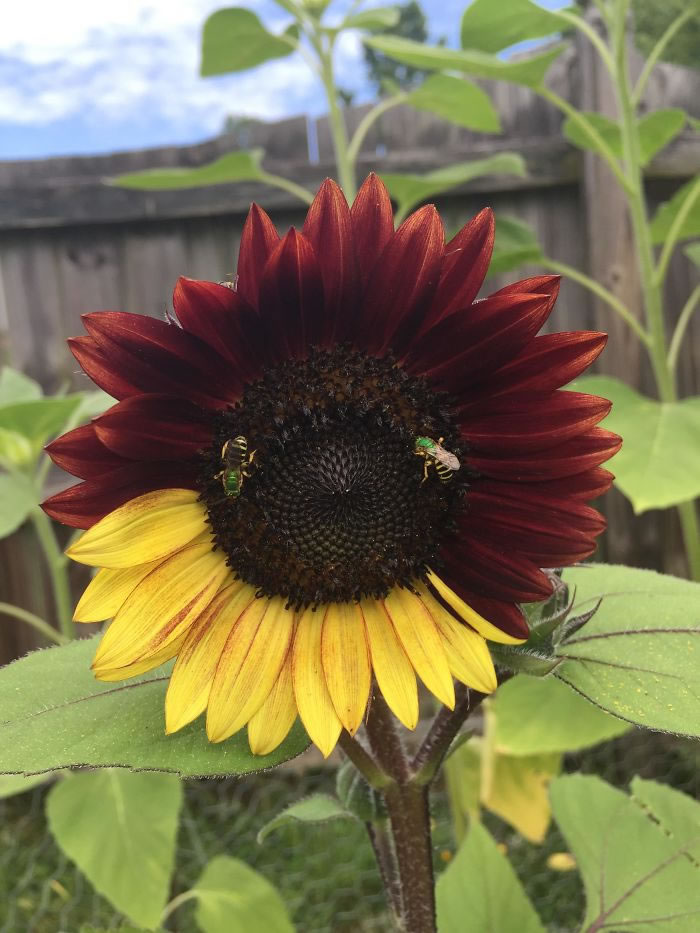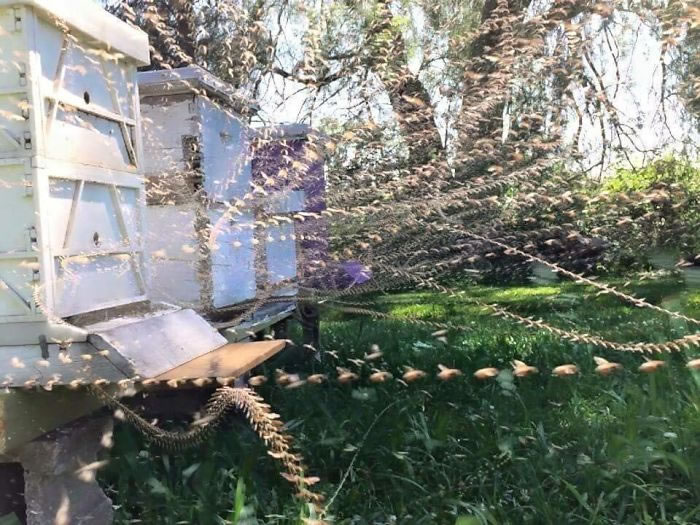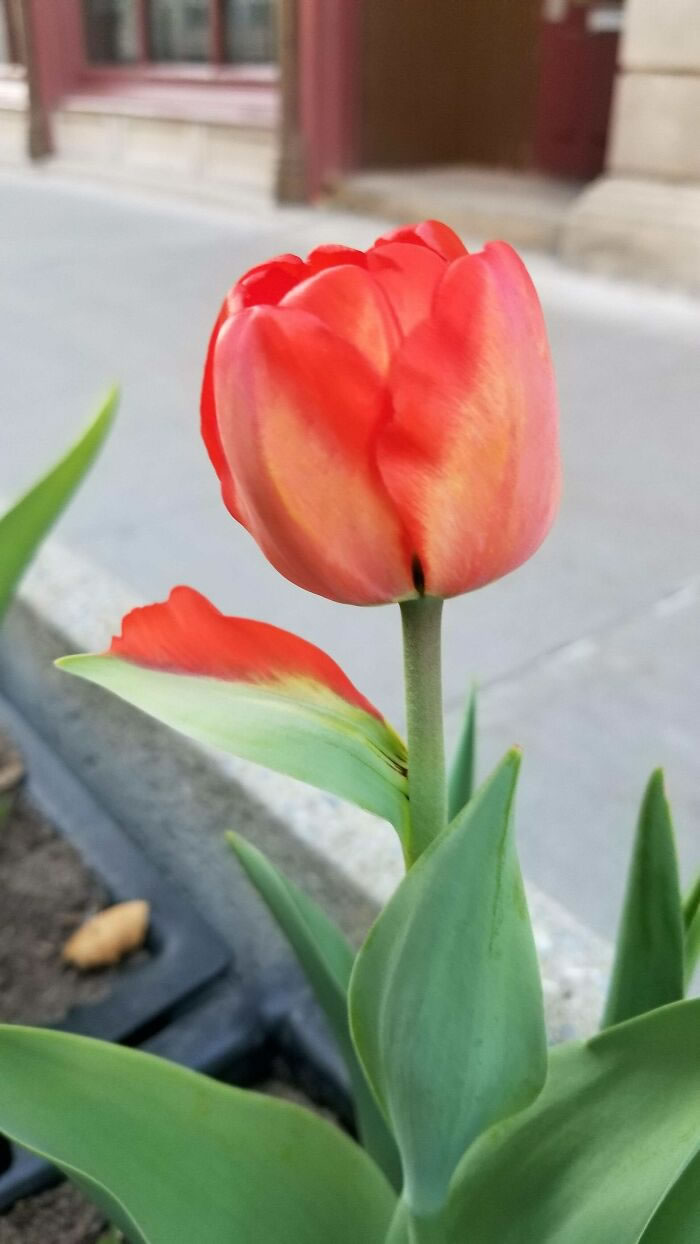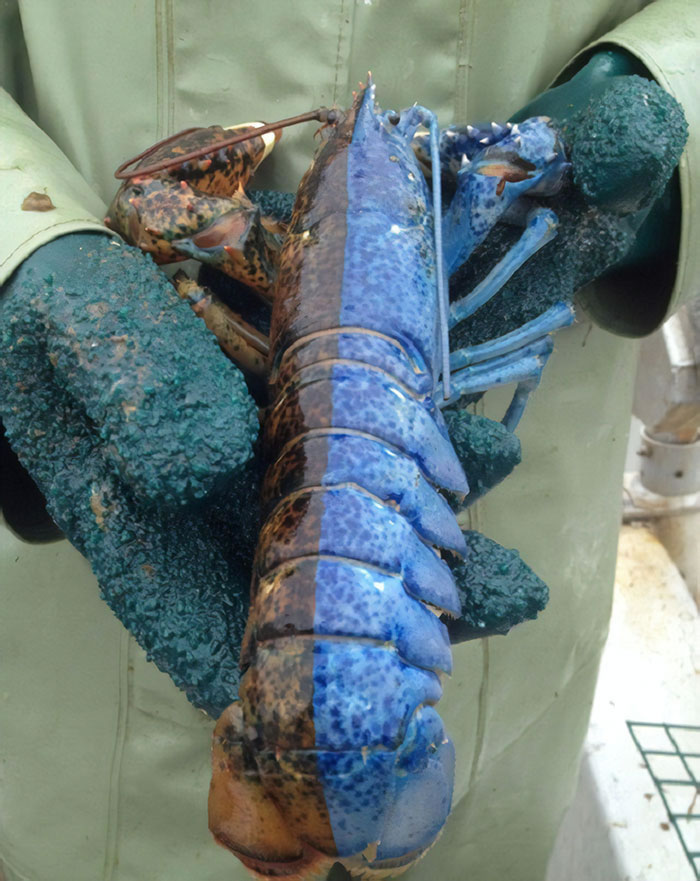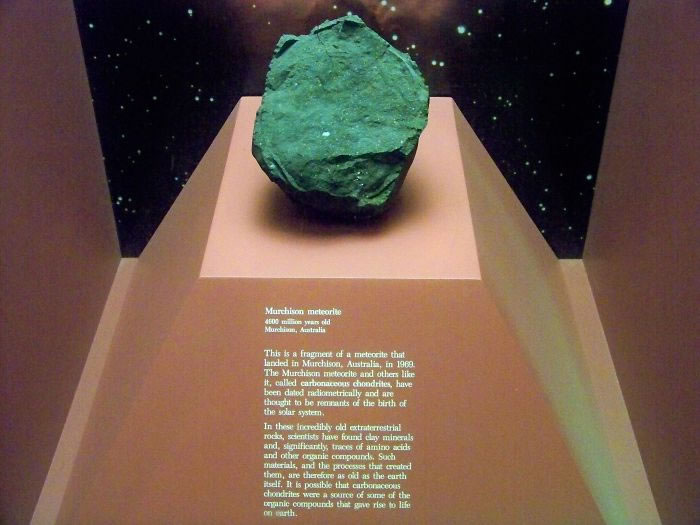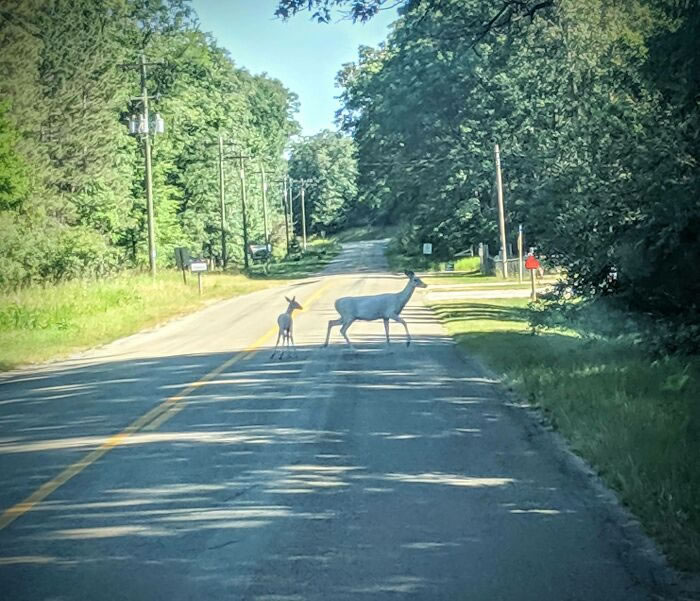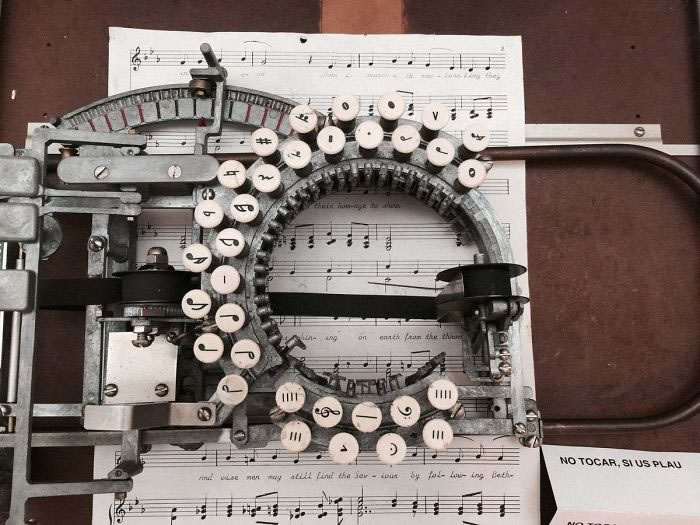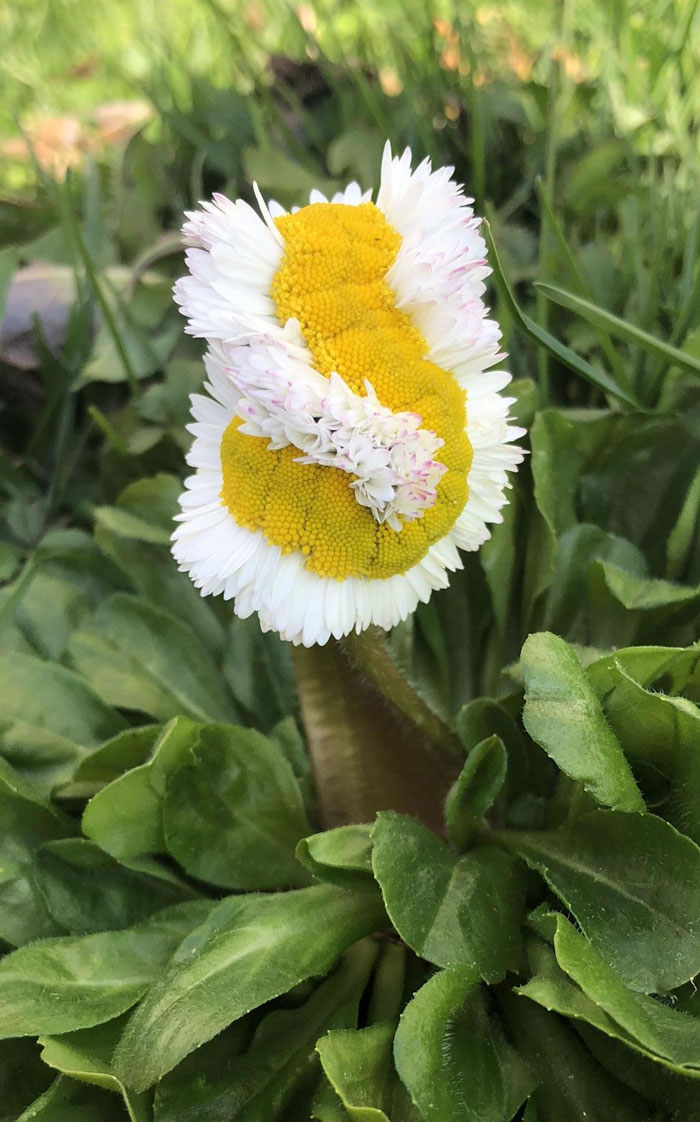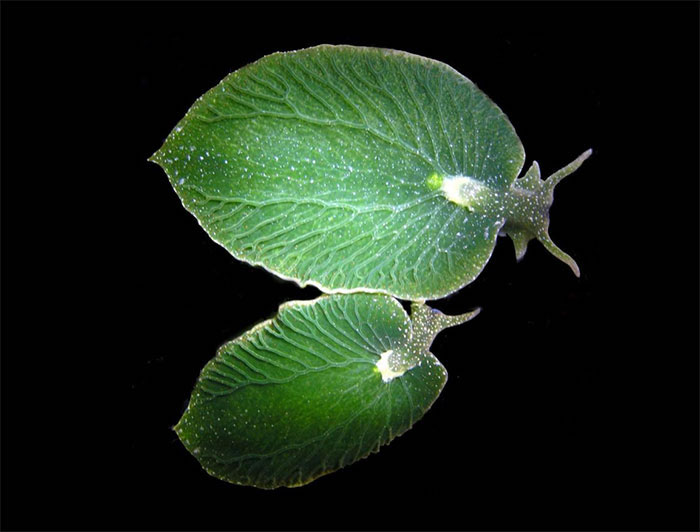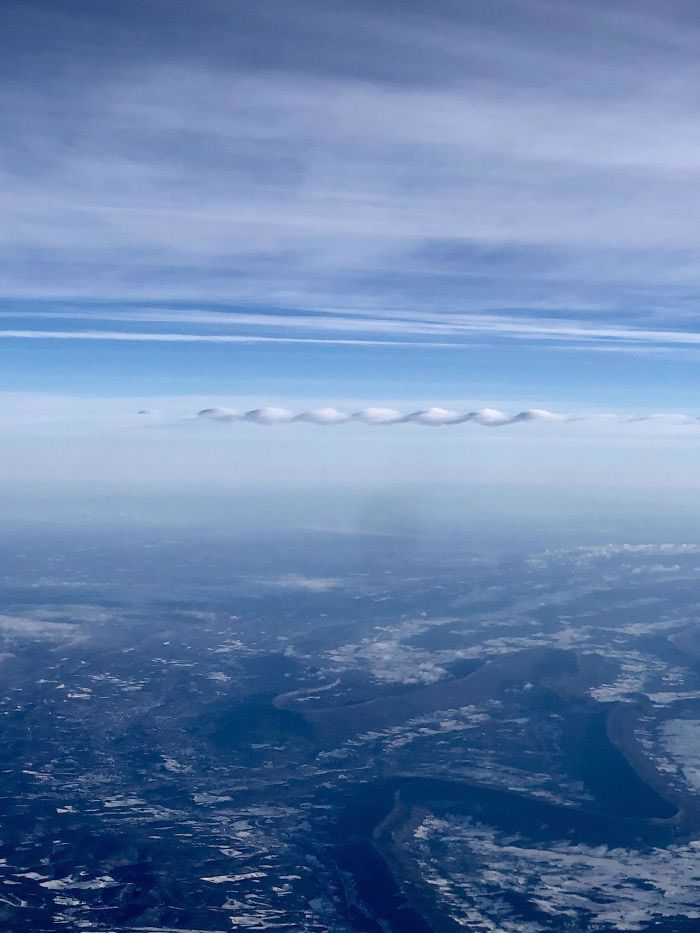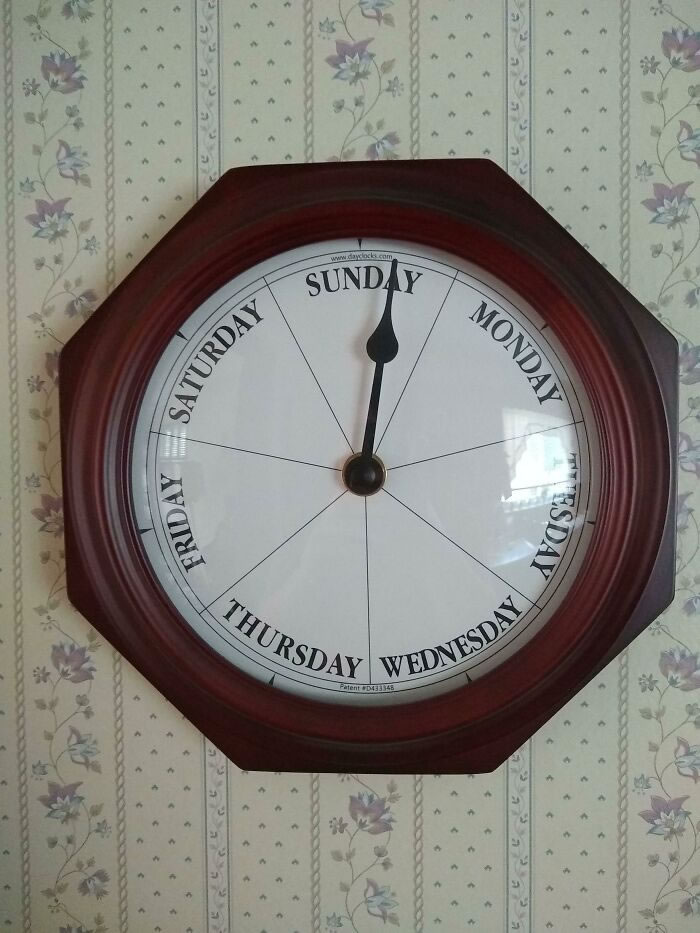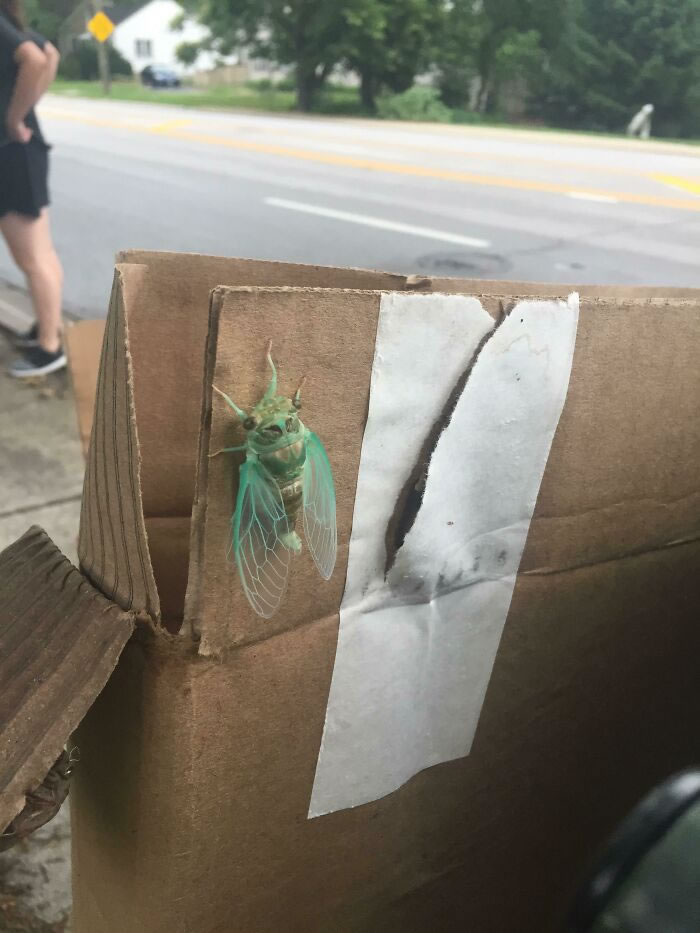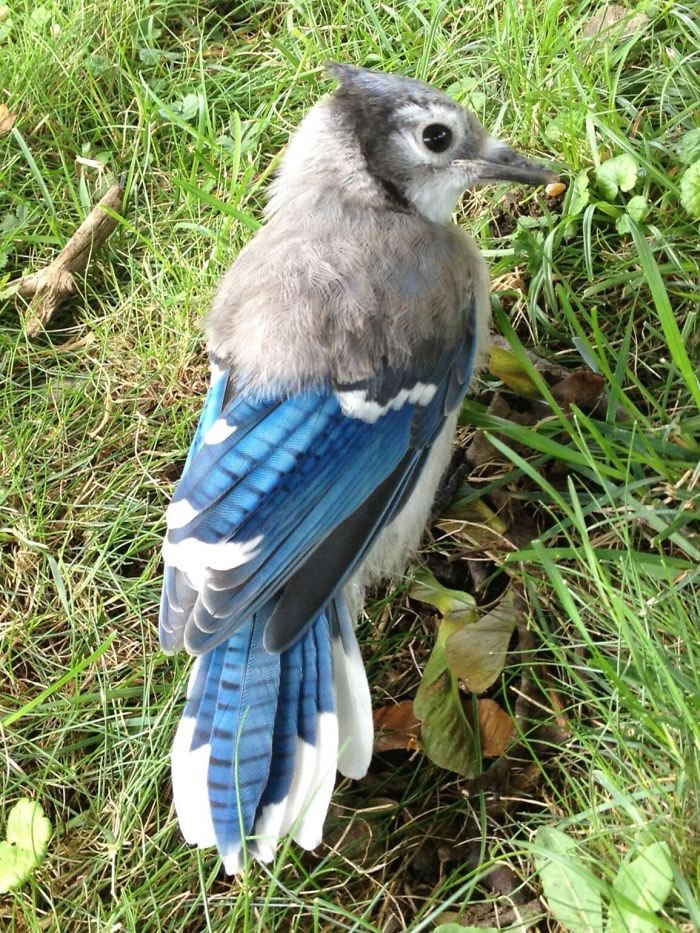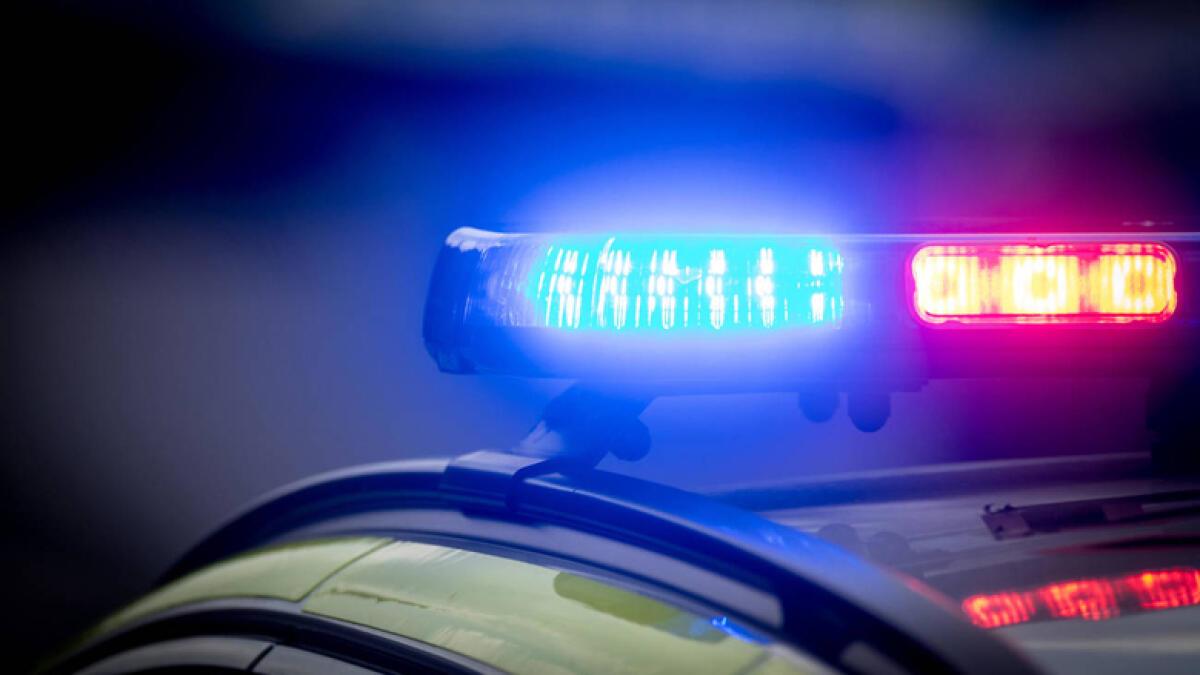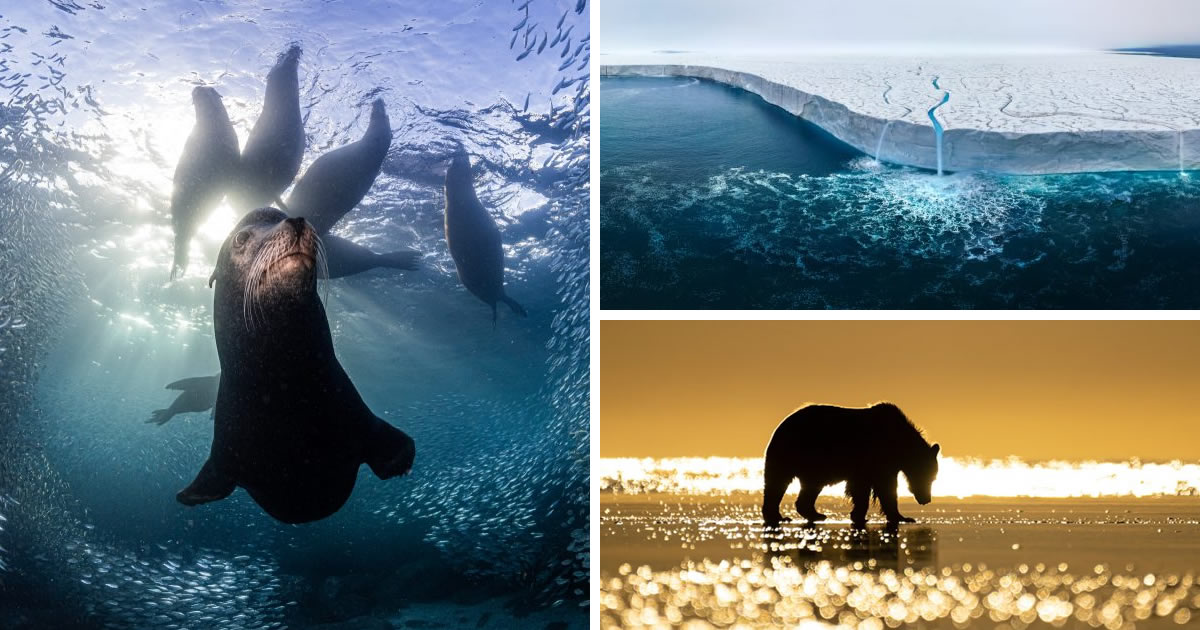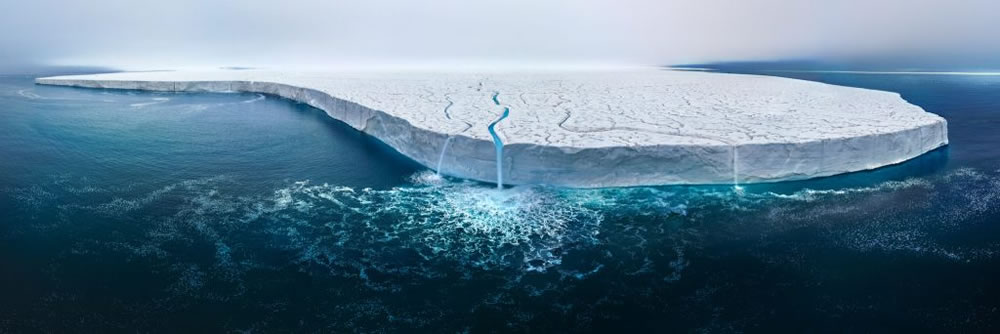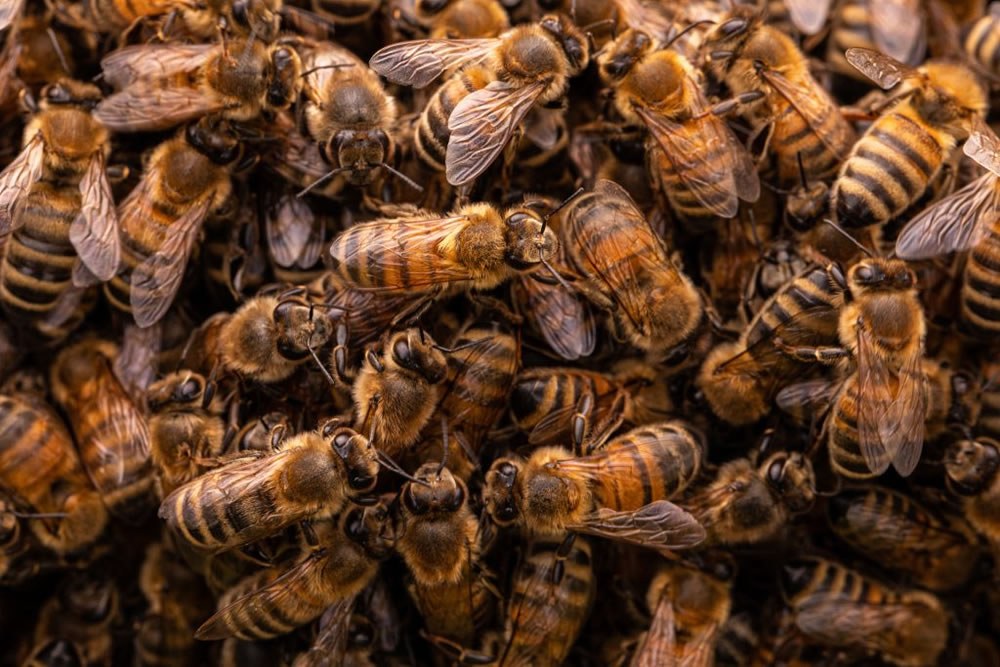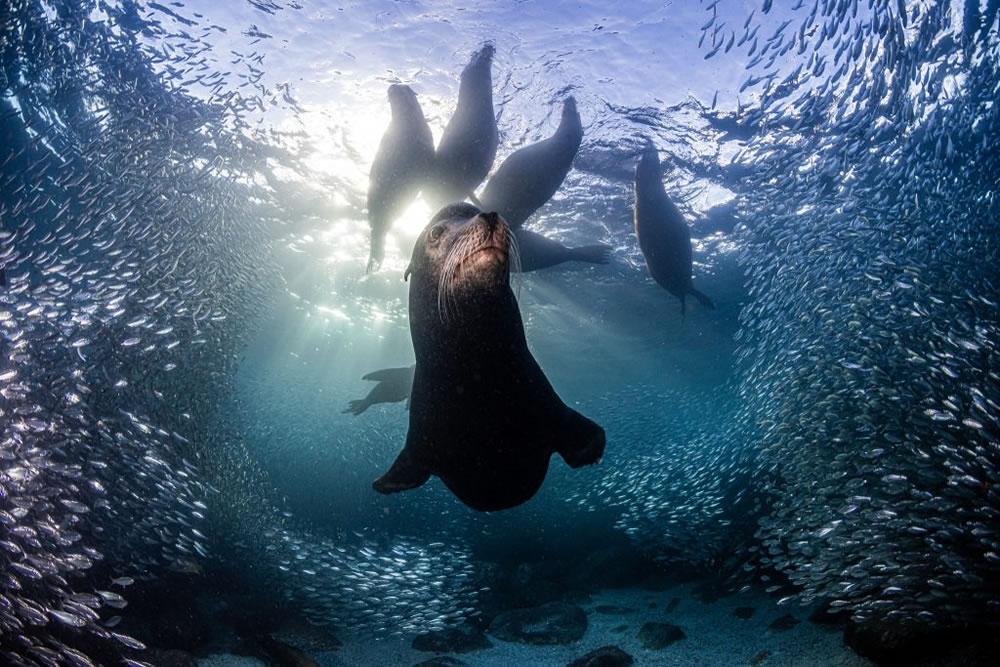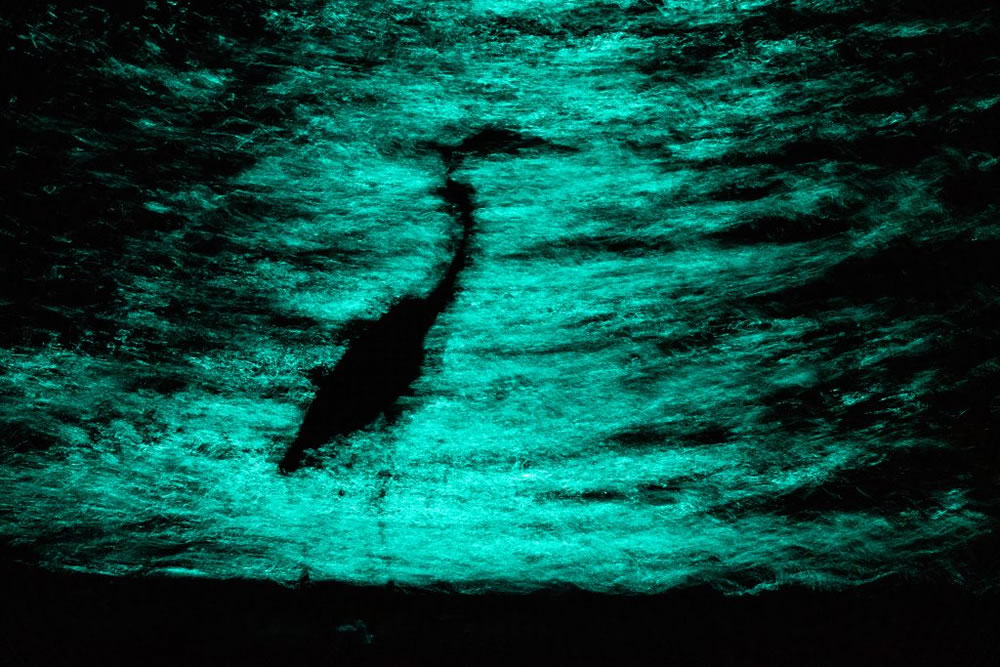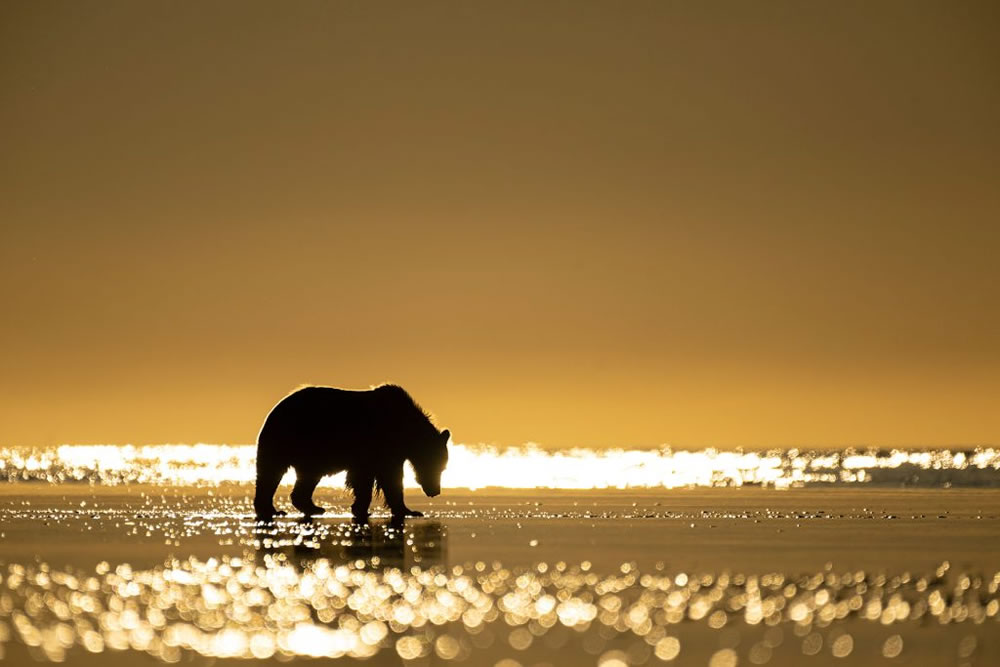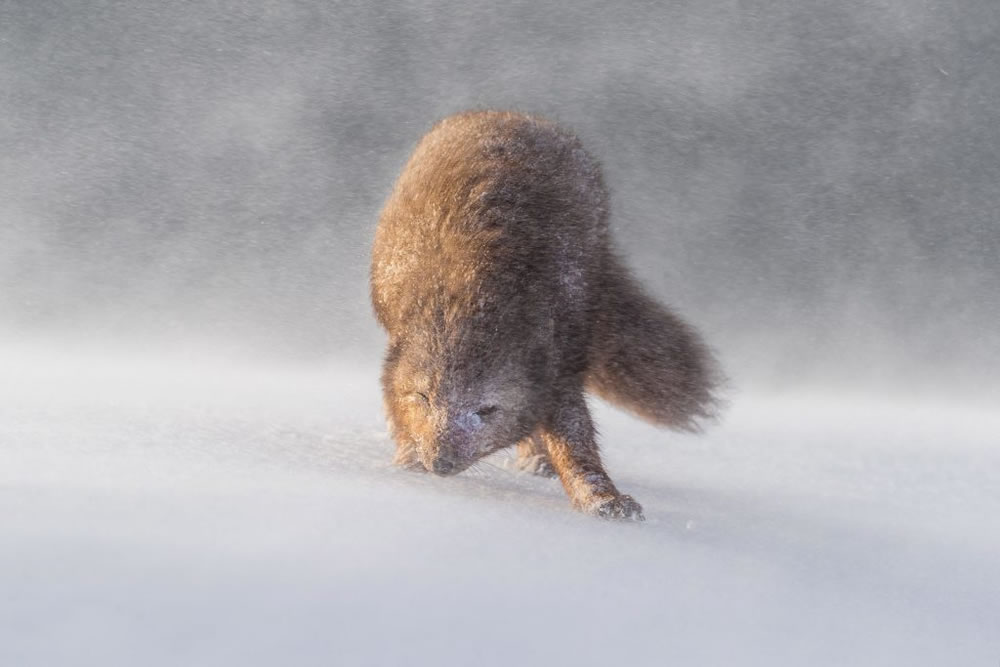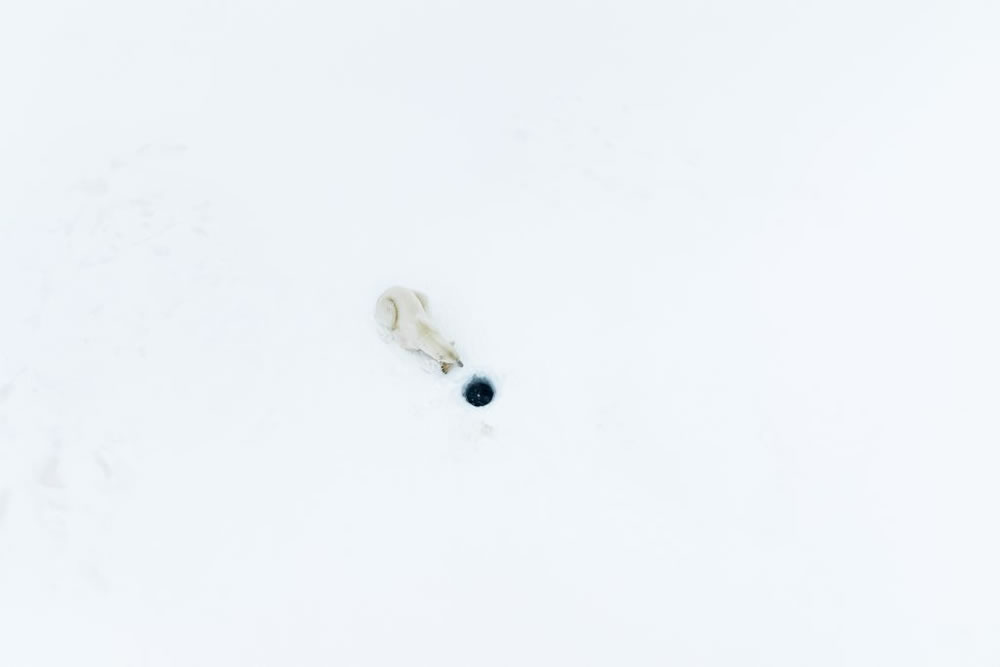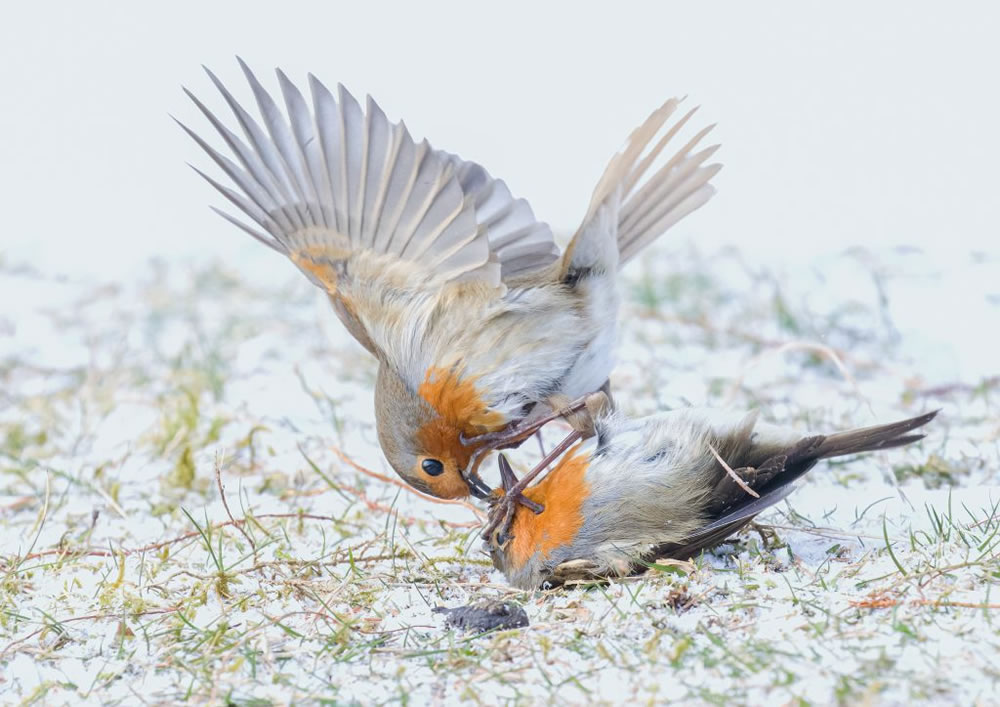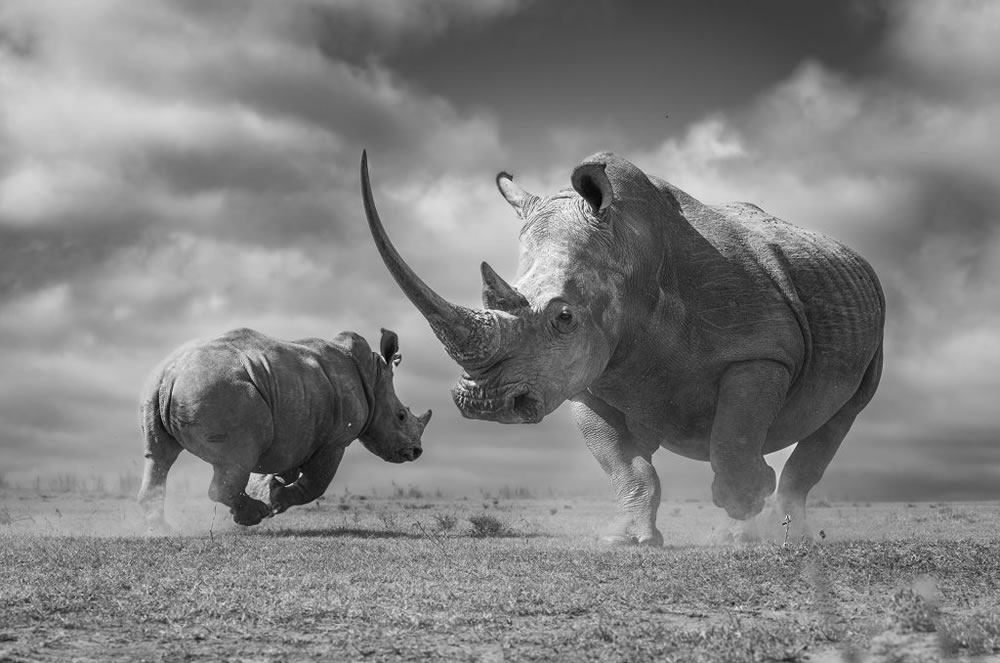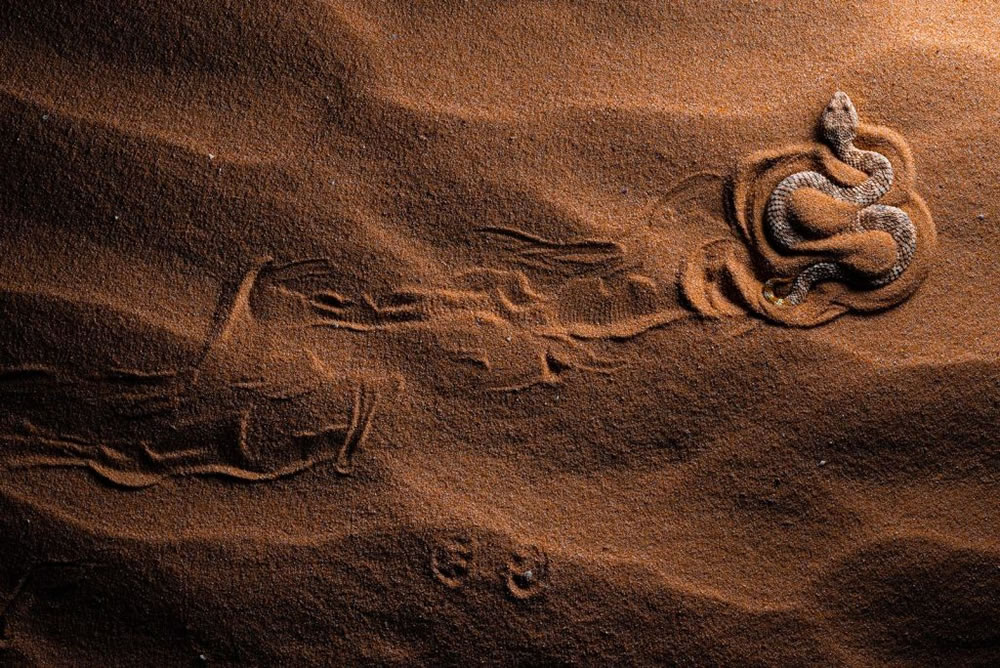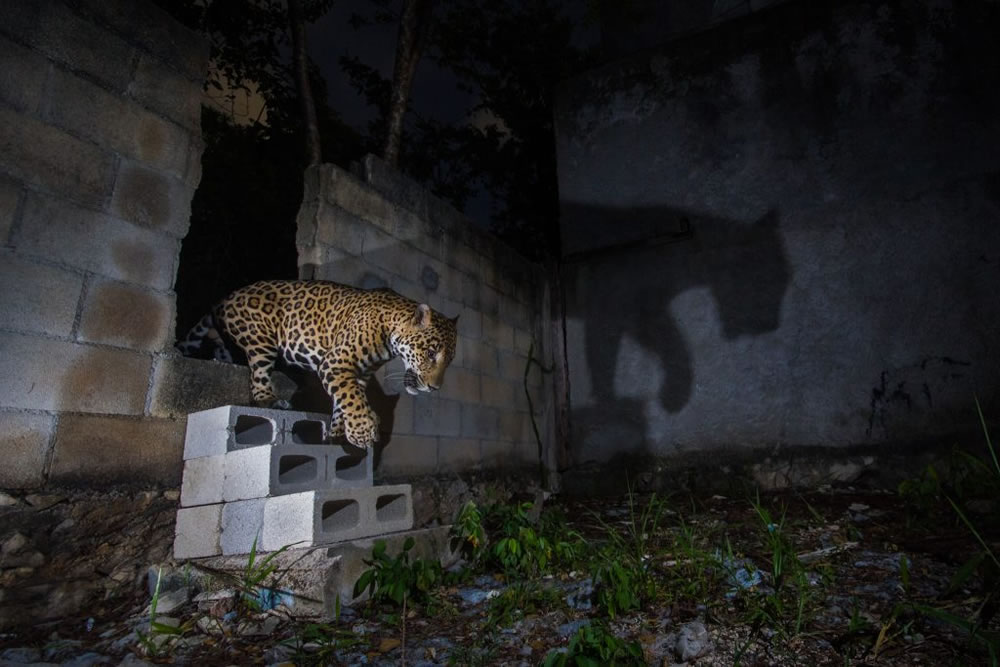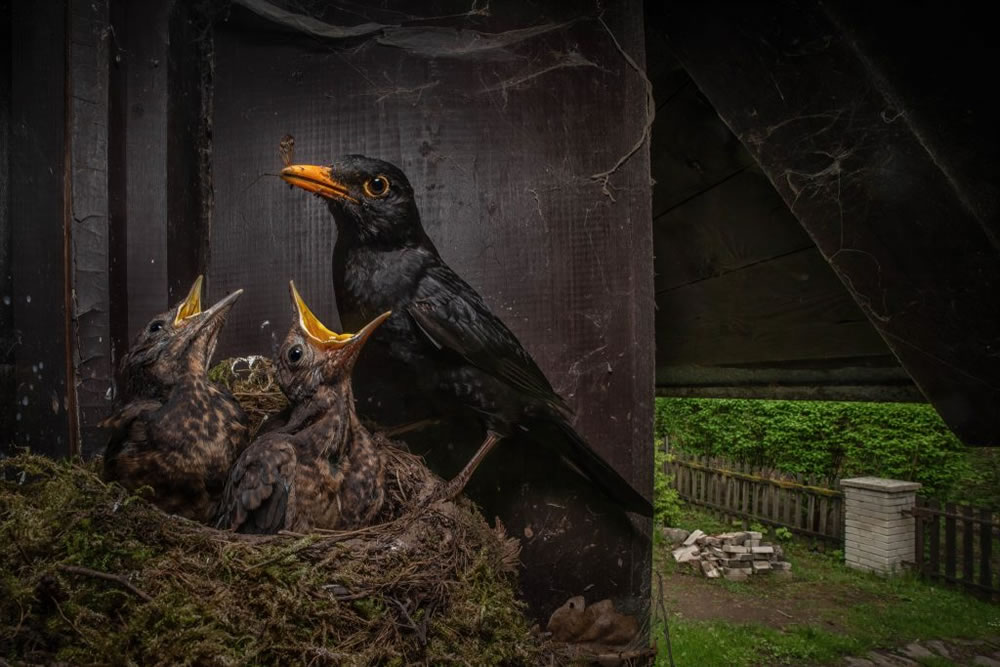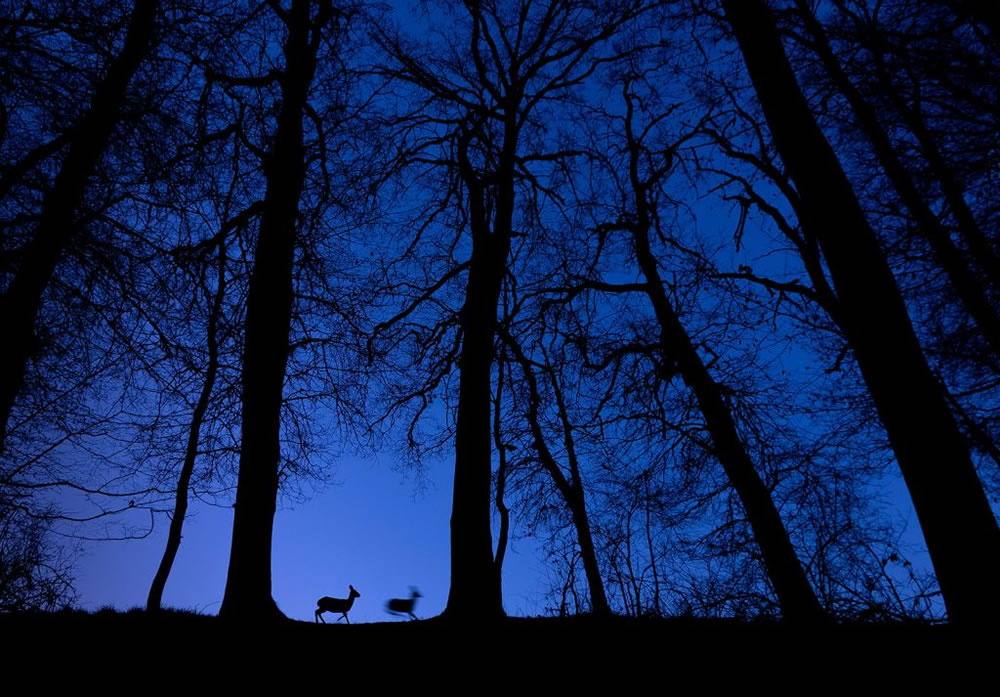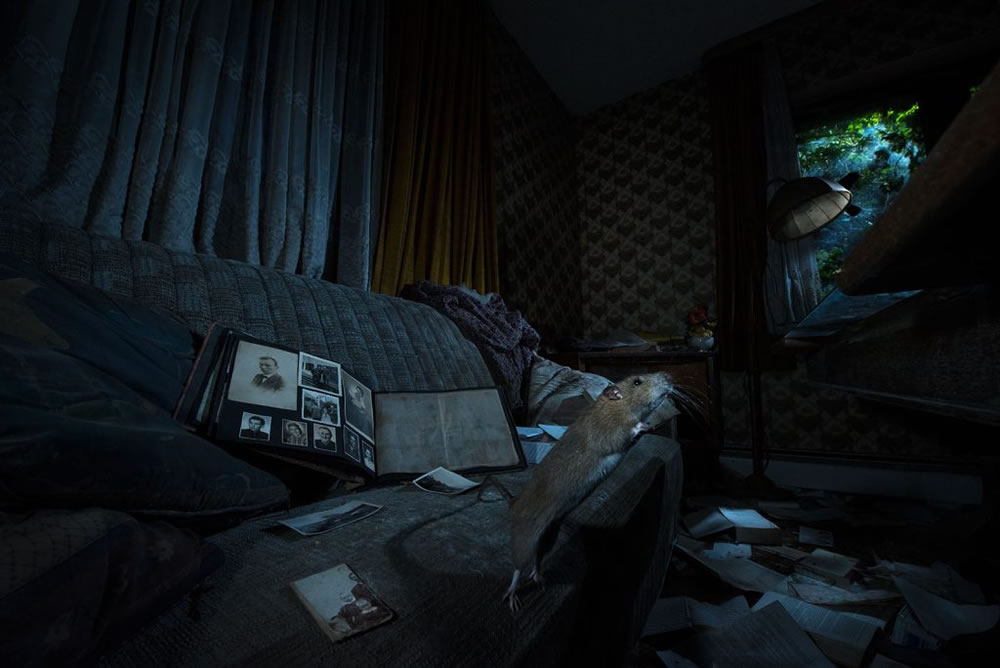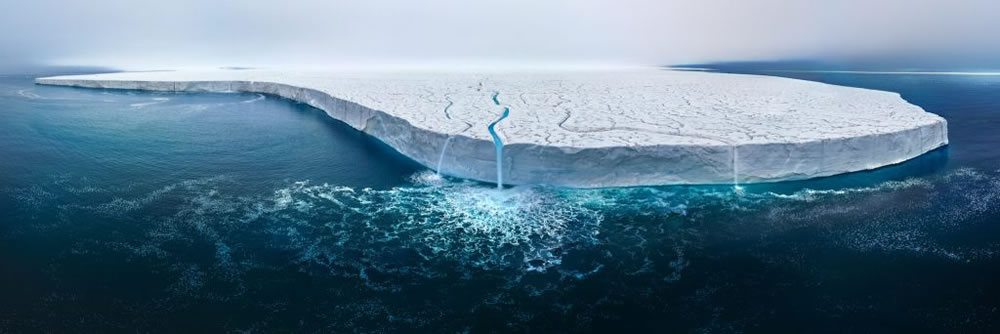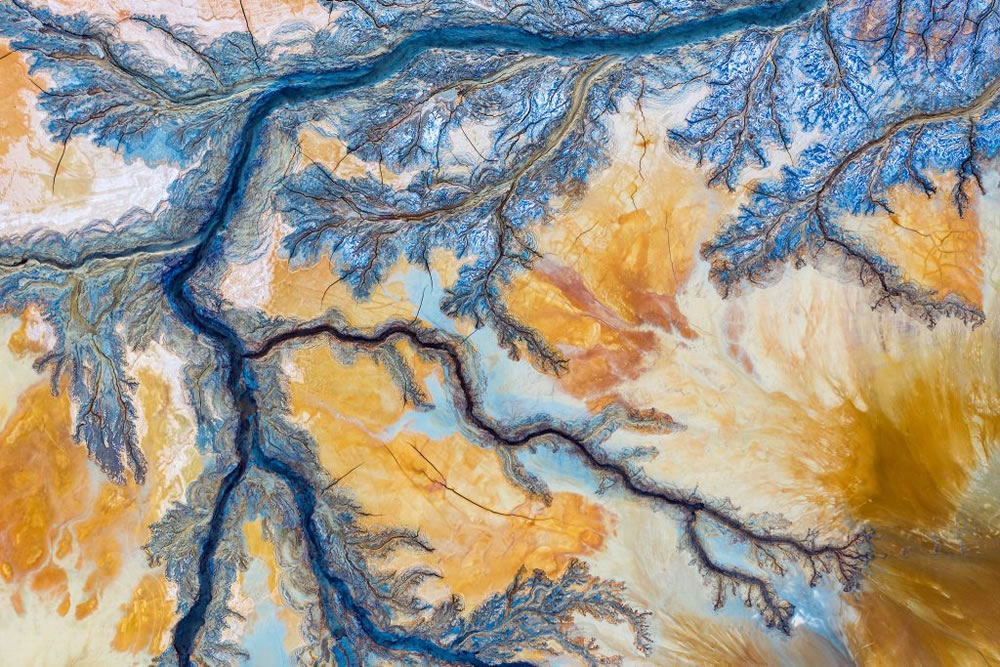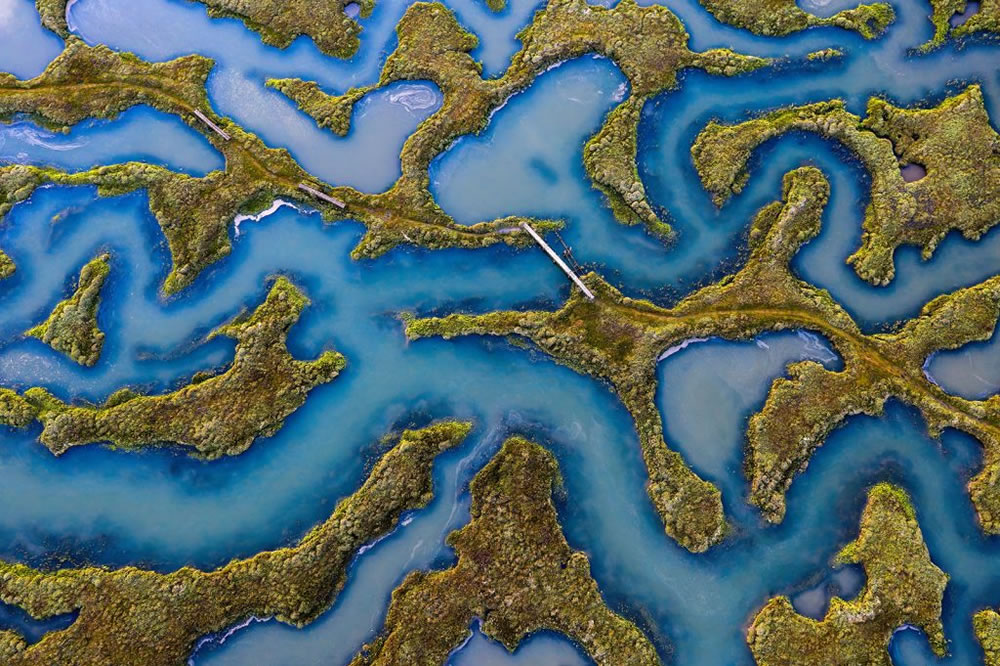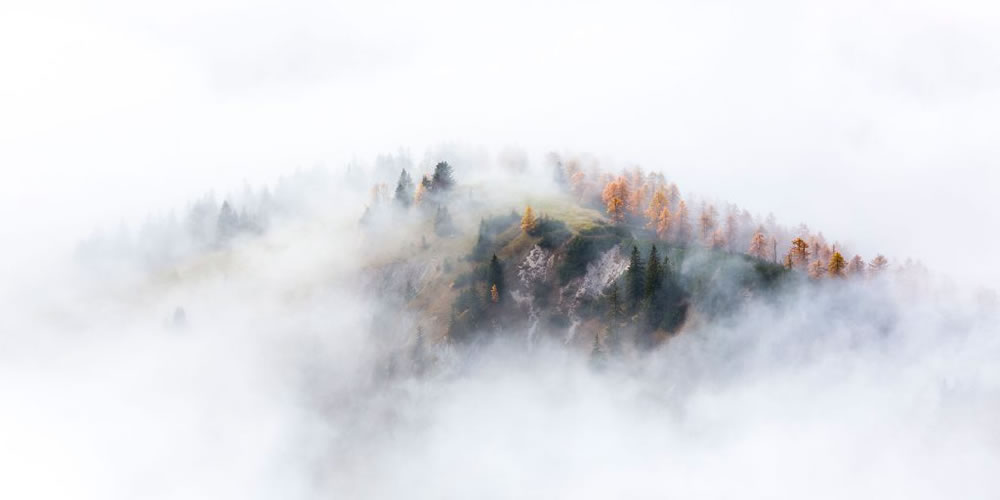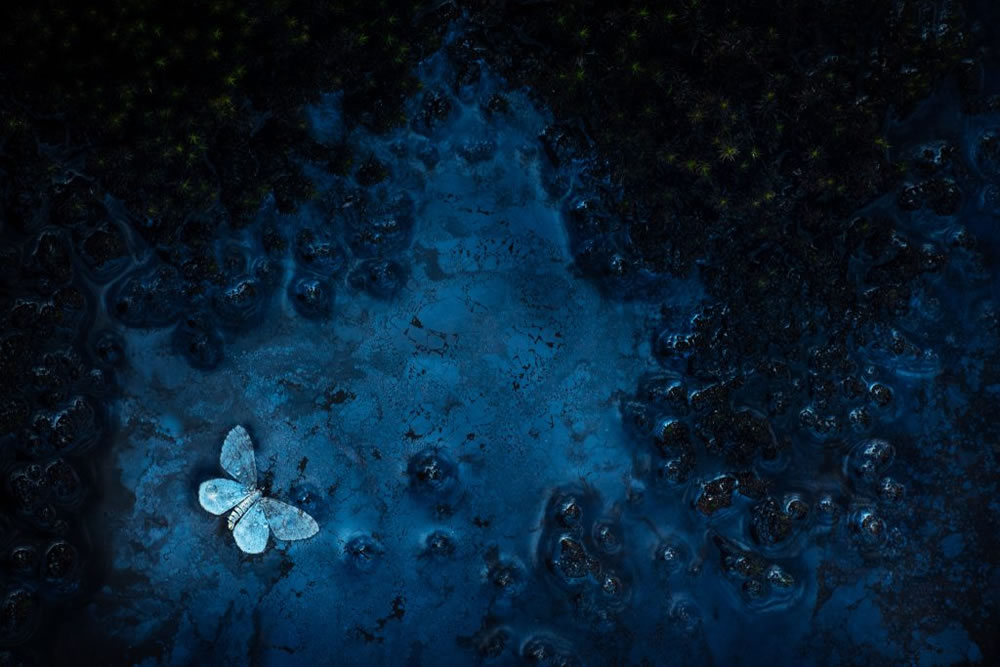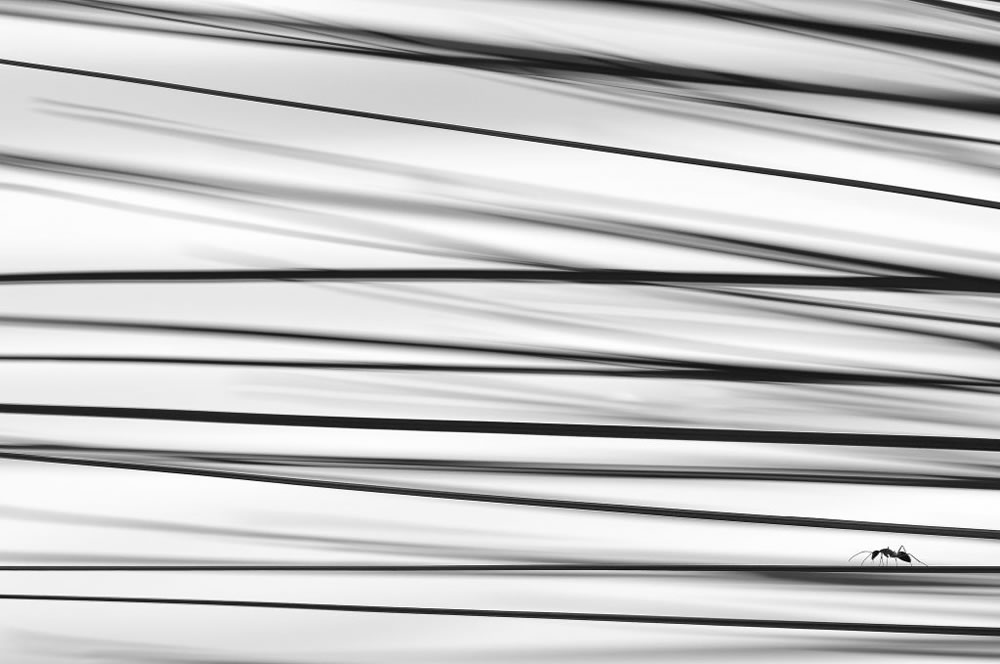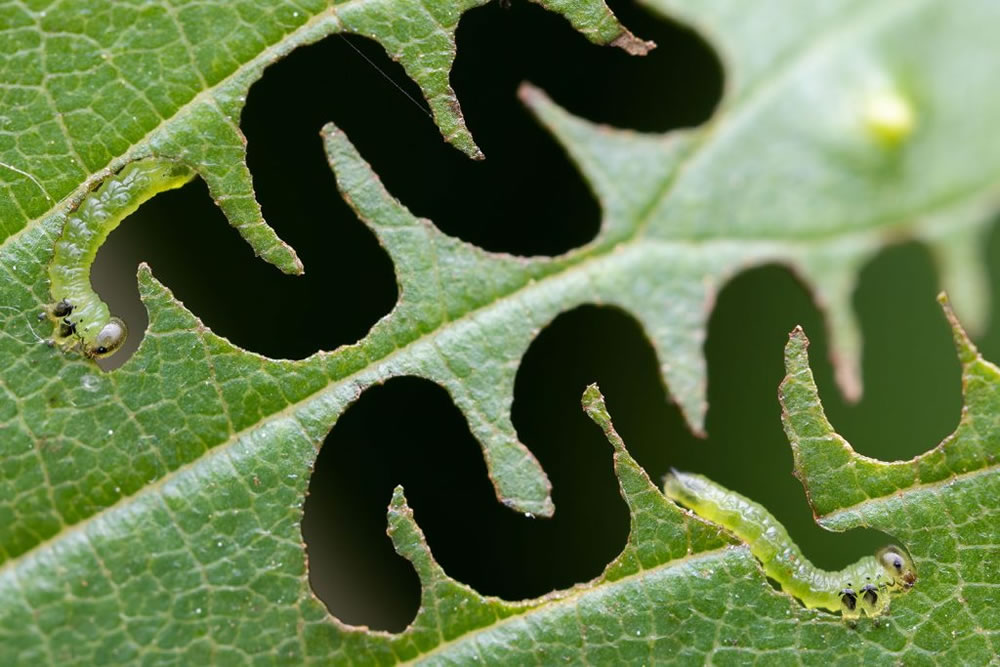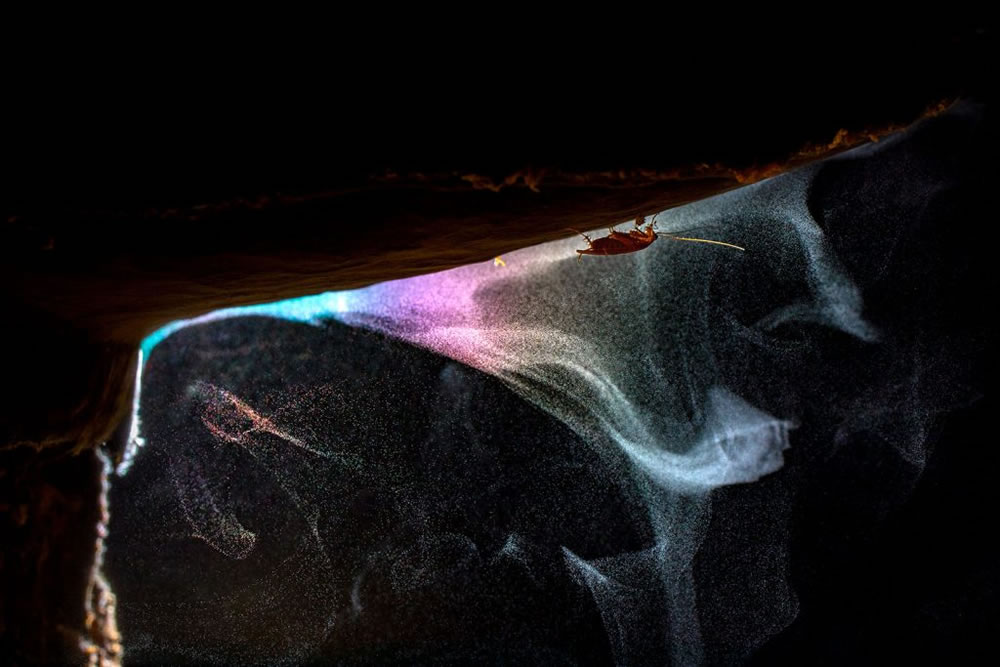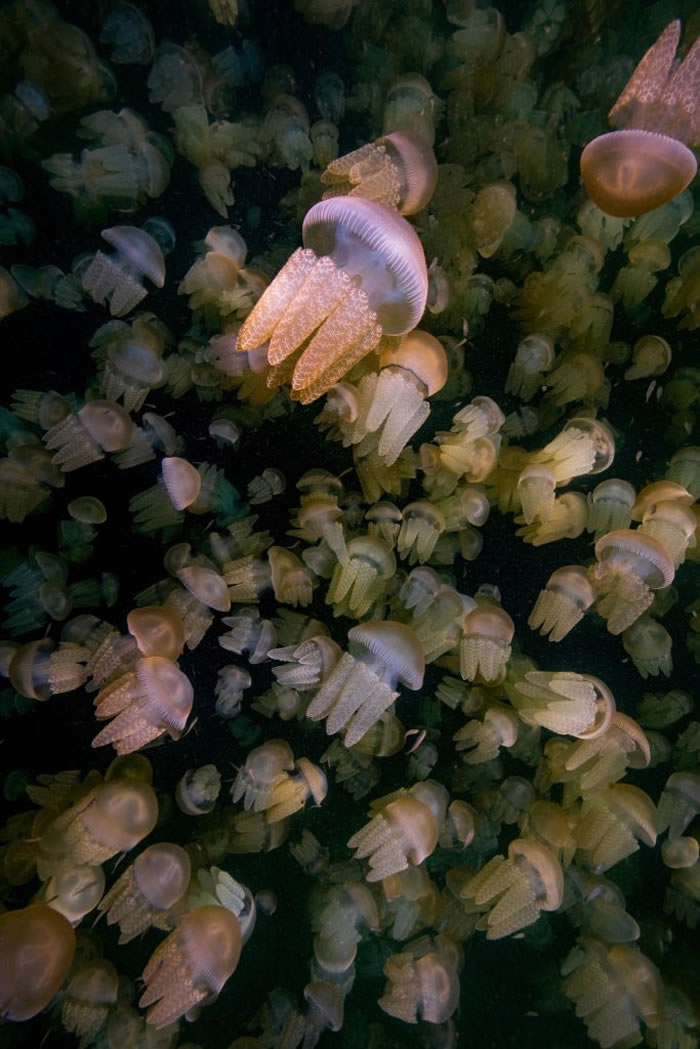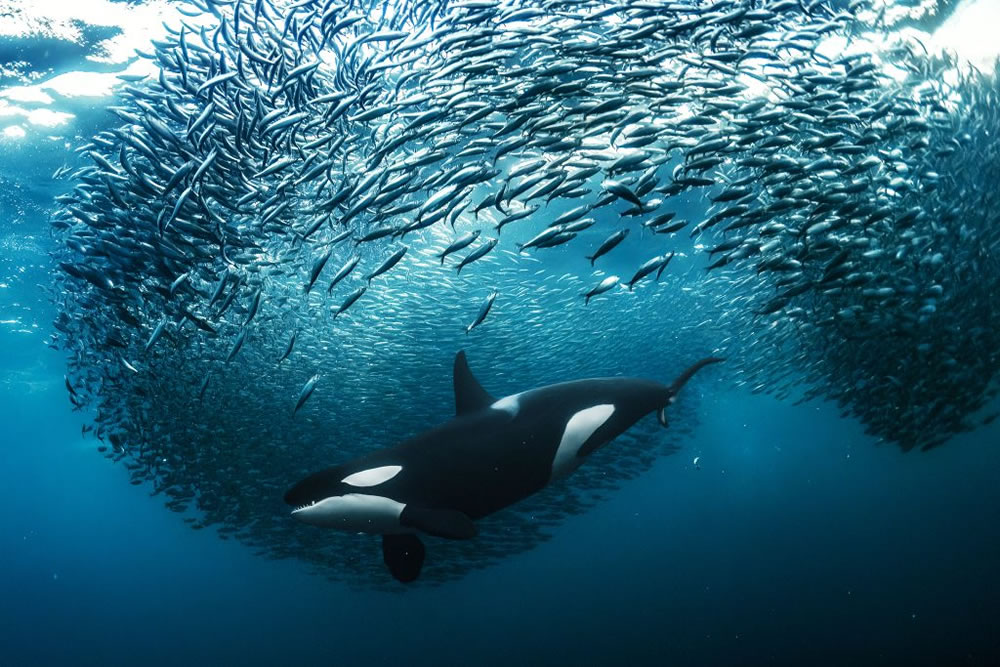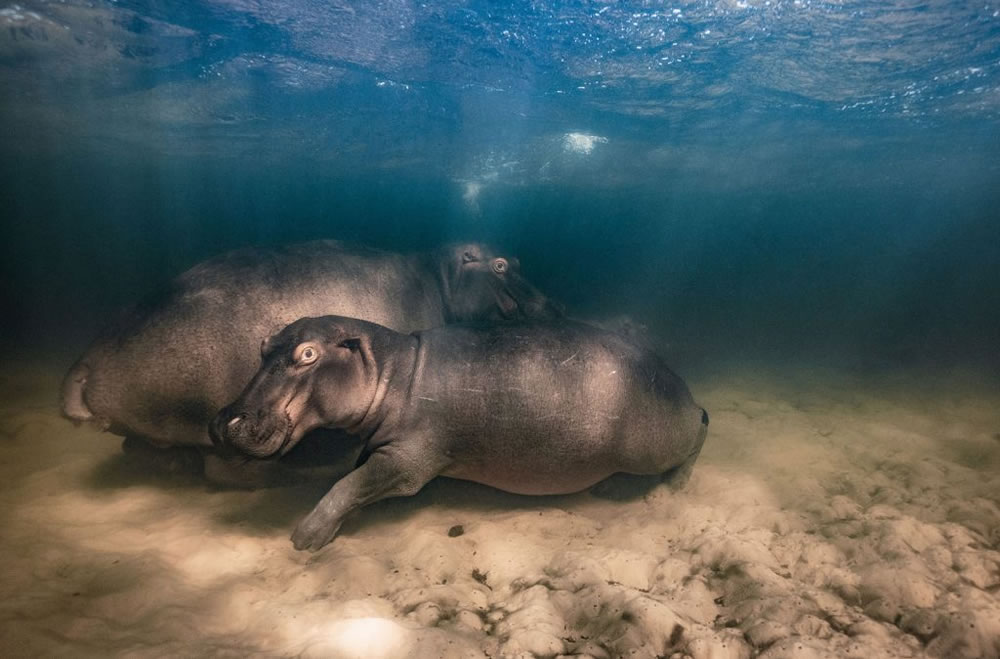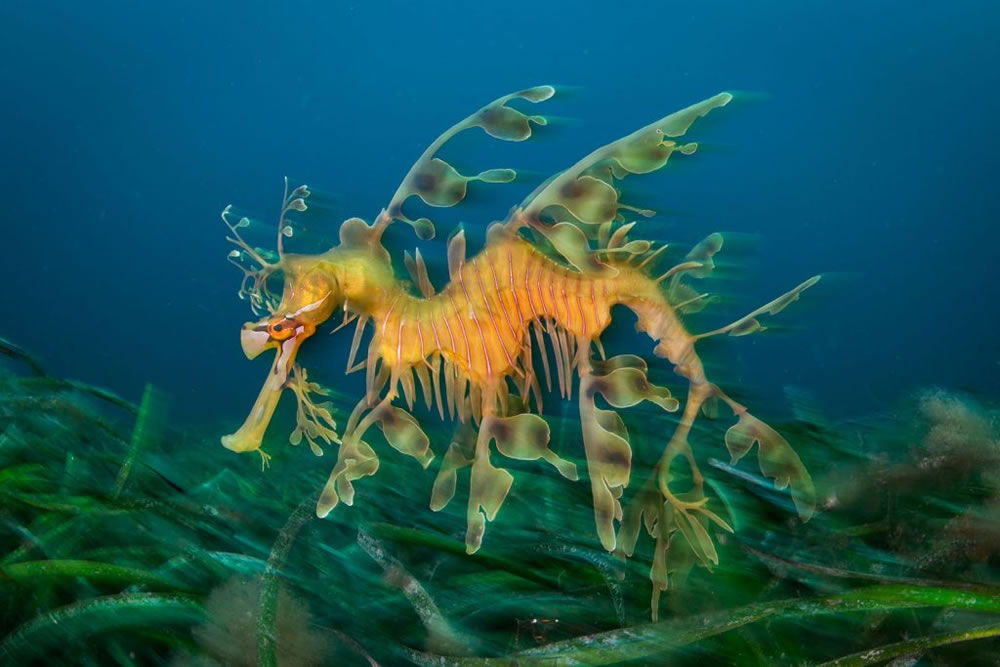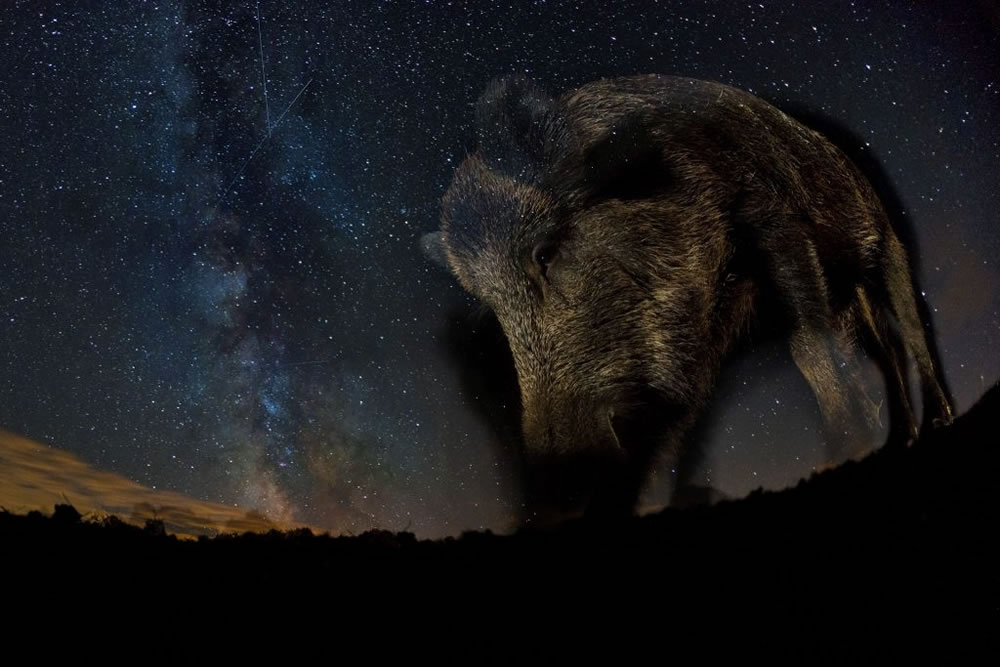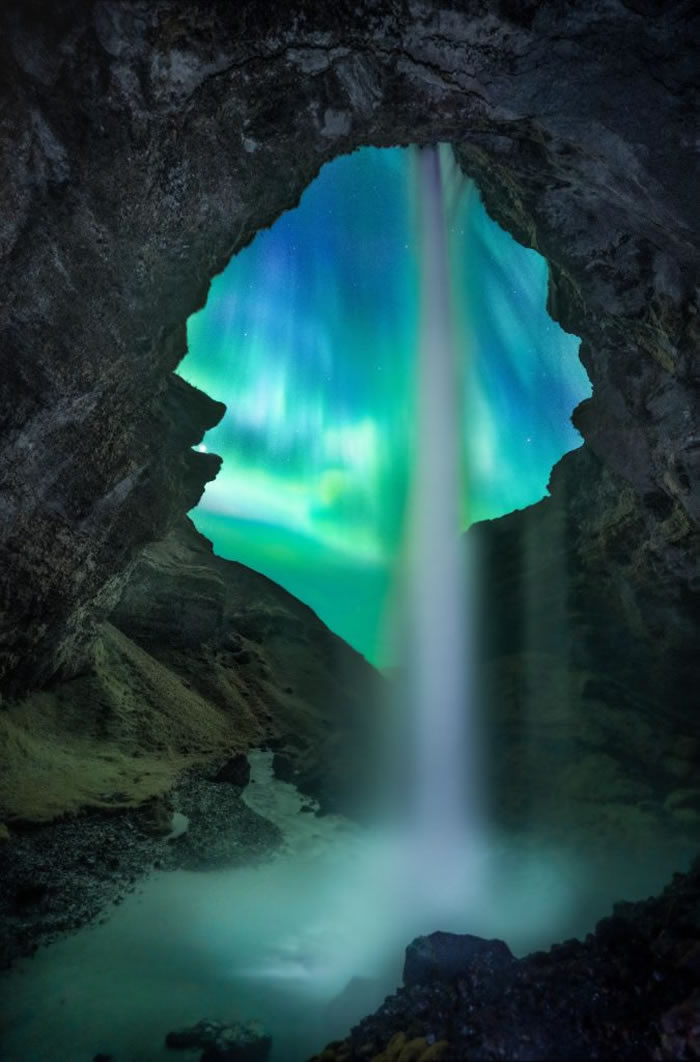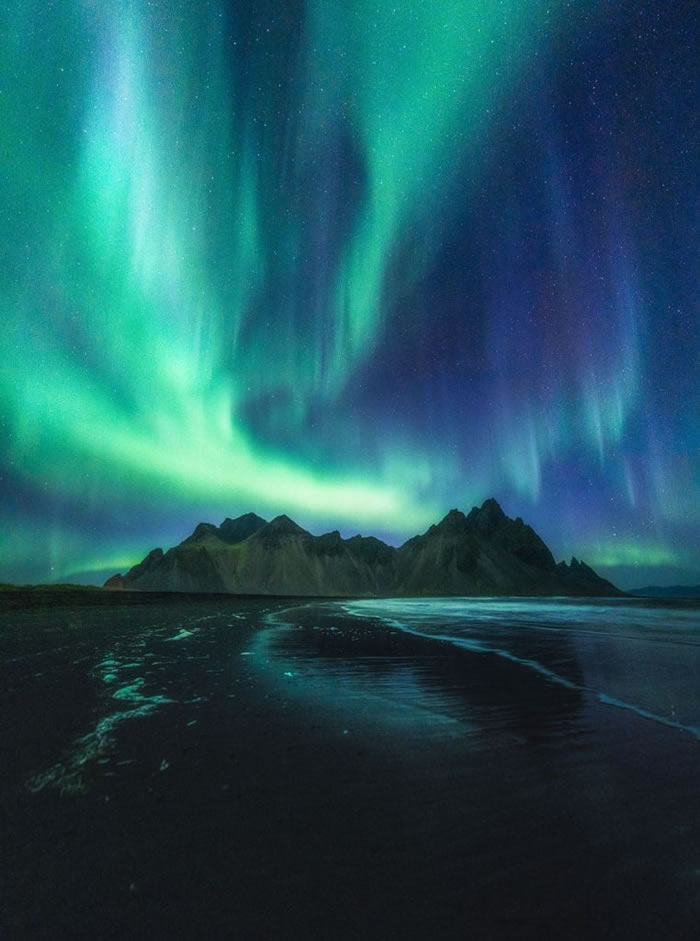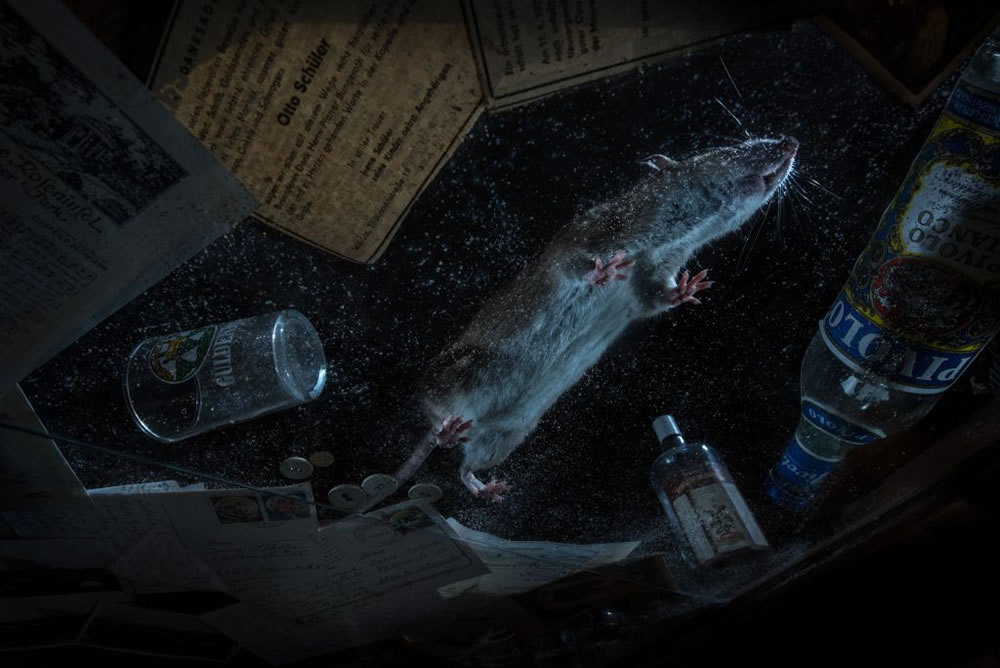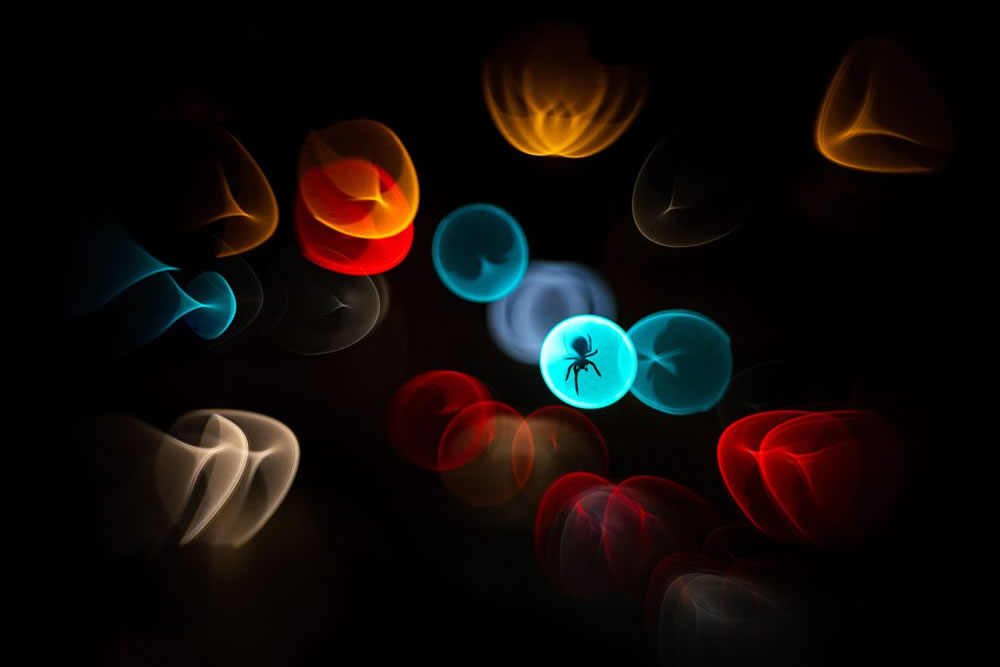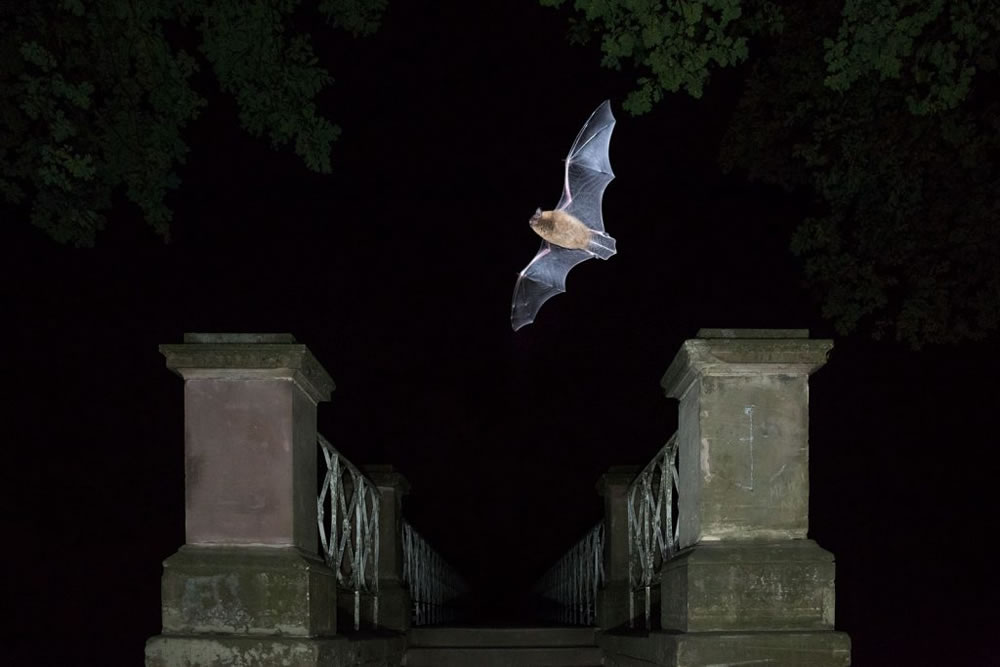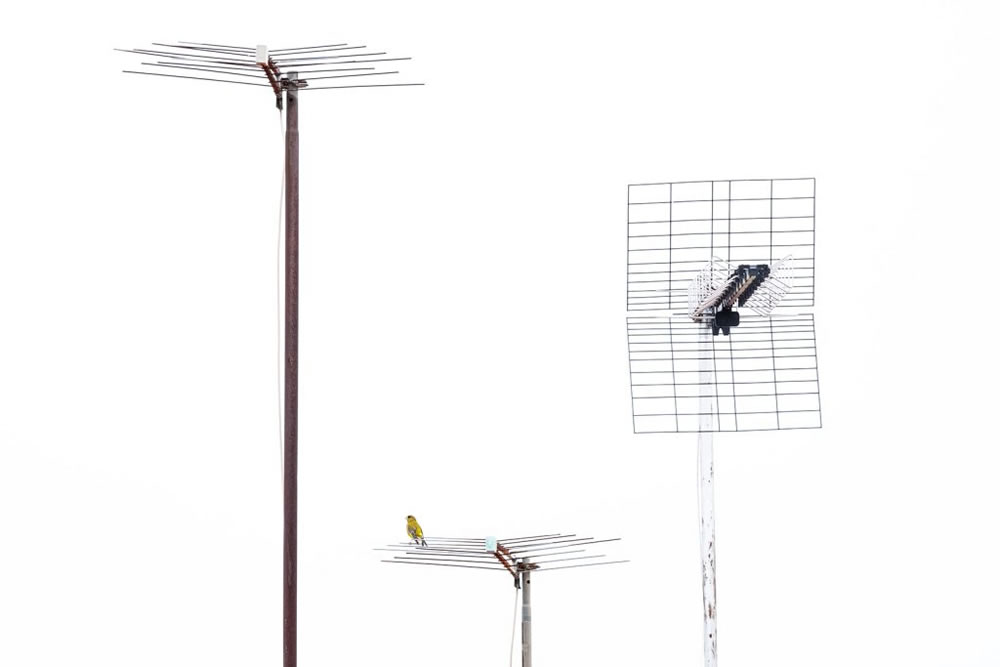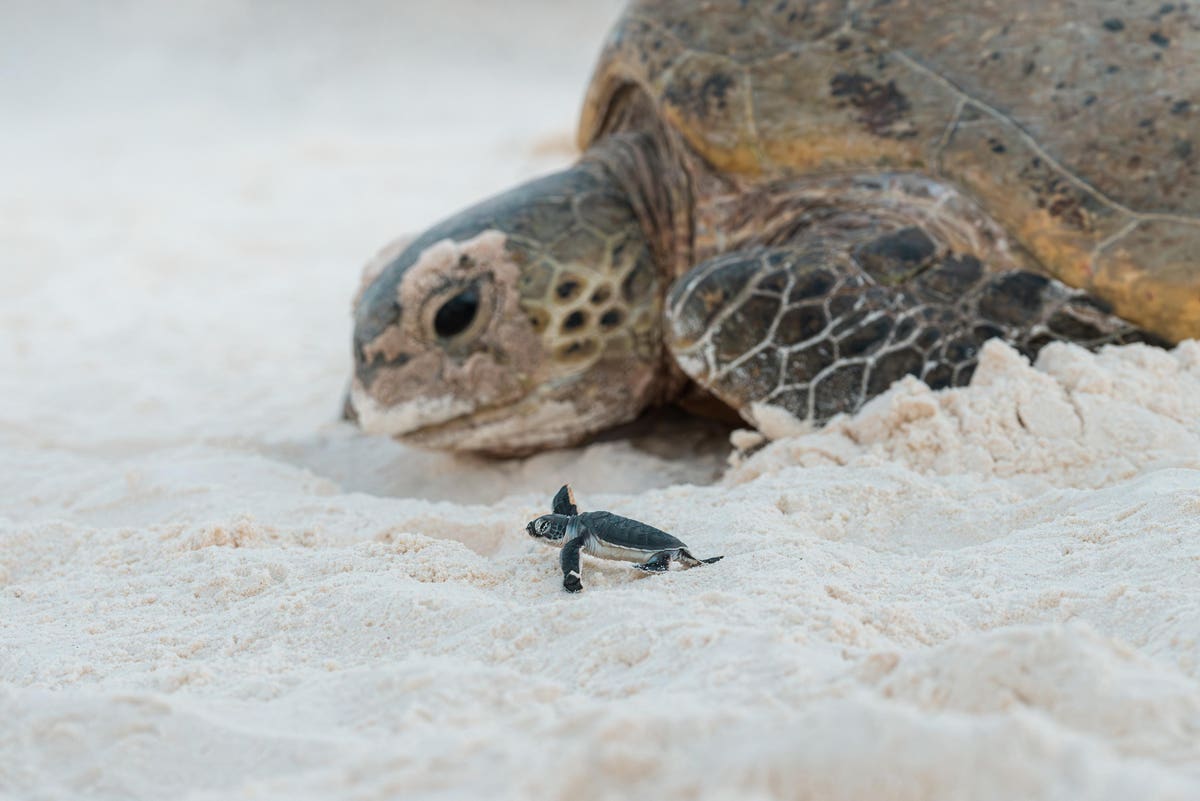[ad_1]

Over the past few years, young people everywhere have been scanning the aisles of their local drugstores for disposable Kodaks or surfing the pits of eBay for vintage film cameras. I’m no exception to the trend. The earliest seeds of my pseudo-adulthood are frozen in albums stuffed with film photos, capturing a mix of candids and “plandids” of the last three years of my life.
As this resurgence sweeps the city, Seattle’s beautiful scenery and grunge scene serve as a magnet for film photography professionals and amateurs alike.
Sarrah Khan, a sophomore, has been experimenting with film photography for a little over two years. She says that she was inspired to jump on the bandwagon after seeing many of her friends in the Seattle area fall in love with film photography.
“Polaroids and film photos started becoming trendy again online,” Khan said. “So I was looking around and found my dad’s old film camera. He got it right before DSLR cameras started becoming popular, so it’s like 20 years old and I’ve been using it for a couple of years.”
It’s interesting that this rise of film photography culture is coinciding with the rapid development of more and more advanced technology. The newest iPhone 14 boasts camera specs so complex, I can’t even begin to decrypt all the odd anagrams.
But despite this continual improvement in photo technology on our iPhones, people still seem to be drawn to classic film. Khan said that part of the allure of film photography compared to digital photography comes from the physical nature of using film.
“There’s something really nice about it being documented only in a physical form,” Khan said.
Khan also commented on the ease and accessibility of using a film camera and how her passion was formed and fueled by the photography community.
“I would say that I’m the most amateur of amateurs,” Khan said. “I’ve done the most basic research but it’s really hard to screw up. The nice thing about film photos is that they’re so forgiving and there are so many people to learn from who are eager and willing to help out, both online and personally.”
My own film journey began in a similar fashion to Khan’s. My older sister hopped onto the film camera trend a couple months before I did, and in a classic younger sibling fashion, I was in total awe of her film photos and immediately copied her as soon as I could get my hands on a camera. I quickly fell into her world, trading tips and suggestions with my sister on what brands of film are best for what kind of pictures and navigating the resources that the Seattle film scene has to offer together.
Moonphoto is a photography lab just a 15-minute drive from campus and has been in business over the past 40 years. Olivia Vick, a Moonphoto lab technician, wrote in an email on behalf of the whole Moonphoto team echoing Khan’s sentiments on the film community, adding that the visual effect of film photos is what makes them special.
“People like the color, grain, and look better compared to digital,” Vick wrote. “It’s looked at as vintage and very aesthetic to take film photos.”
According to Moonphoto, the time involved in the developing process also makes film photography more attractive than its digital counterpart. The way that it transforms the simple act of taking photographs into a longer activity makes the photographs feel more personal because of the time and labor involved.
“The waiting process and the surprise are so fun,” Vick wrote. “It’s like a gift for your future self, like when you forget you ordered something online and it shows up at your door.”
Khan sees the process involved as a blessing and curse. She says while the developing process is what makes film photos so special, it can be a bit cumbersome to go through. It can also be a bit disheartening to finally send in rolls of film full of intimate moments only to receive pictures that are blurry, covered by fingers, or totally black. One of the more humbling moments of my life was getting back pictures from my highschool graduation and discovering that I had forgotten to turn the flash on for a solid 80% of the pictures, leaving me to interpret 25 photos of grainy silhouettes.
The Moonphoto team said the most common mistakes they see come from not having enough light in the photo.
“If you are going to shoot film, use the right ISO of film and expose it properly with aperture and shutter speed,” Vick wrote. “The next most important thing is making sure when you load film into your camera that it catches properly. We get so many rolls that come out unshot because the camera couldn’t feed the film through properly.”
But when a photo comes out just the way you want it to, the feeling that picture can hold is unmatched.
“It almost looks like a snapshot of time,” Khan said.
According to Khan, the limited number of pictures on each roll of film combined with the exclusively physical nature of these photographs create a raw and genuine form that perfectly satiates the odd nostalgia our generation craves for a time we weren’t even around for.
“I think the draw towards that is like, simpler times when things were more real,” Khan said. “Things weren’t as filtered. I feel like there’s more of an attraction now to things that are very real glimpses, or attempts of real glimpses, to show your life and of keeping interactions more raw and being able to share that with your friends and people you care about.”
Both Khan and Vick emphasized how the limited nature of film makes you reconsider what you’re capturing.
“There is something very mindful about only being able to take one shot at a time,” Vick wrote. “It makes you live in the moment more and appreciate every shot you take.”
Khan’s photographs focus on her family and friends along with her travels. She said that she chooses her subjects by thinking about what she’d want to look back on in 10 or 20 years, and her time at UW with friends is definitely something she tries to capture.
“We love seeing people’s photos and what catches people’s eye,” Vick wrote. “It’s part of what makes our job so fun, so keep shooting film, everyone.”
Reach writer Asma Masude at [email protected]. Twitter: @asmayikes
Like what you’re reading? Support high-quality student journalism by donating here.
[ad_2]
